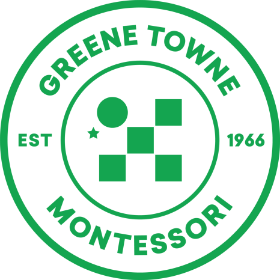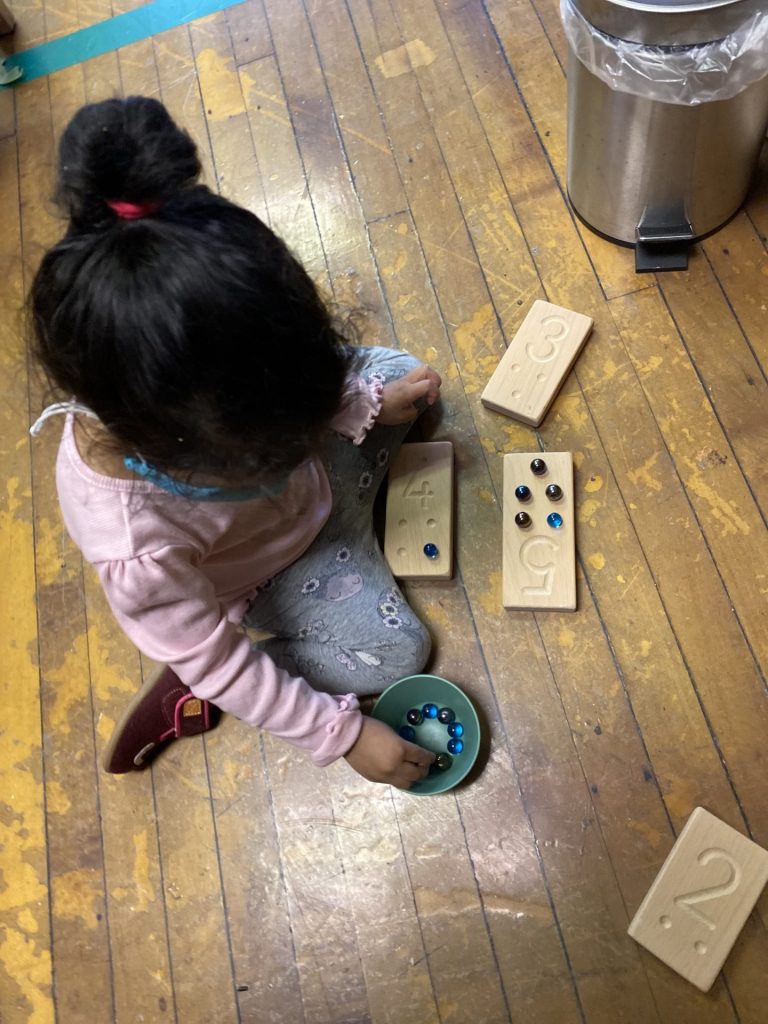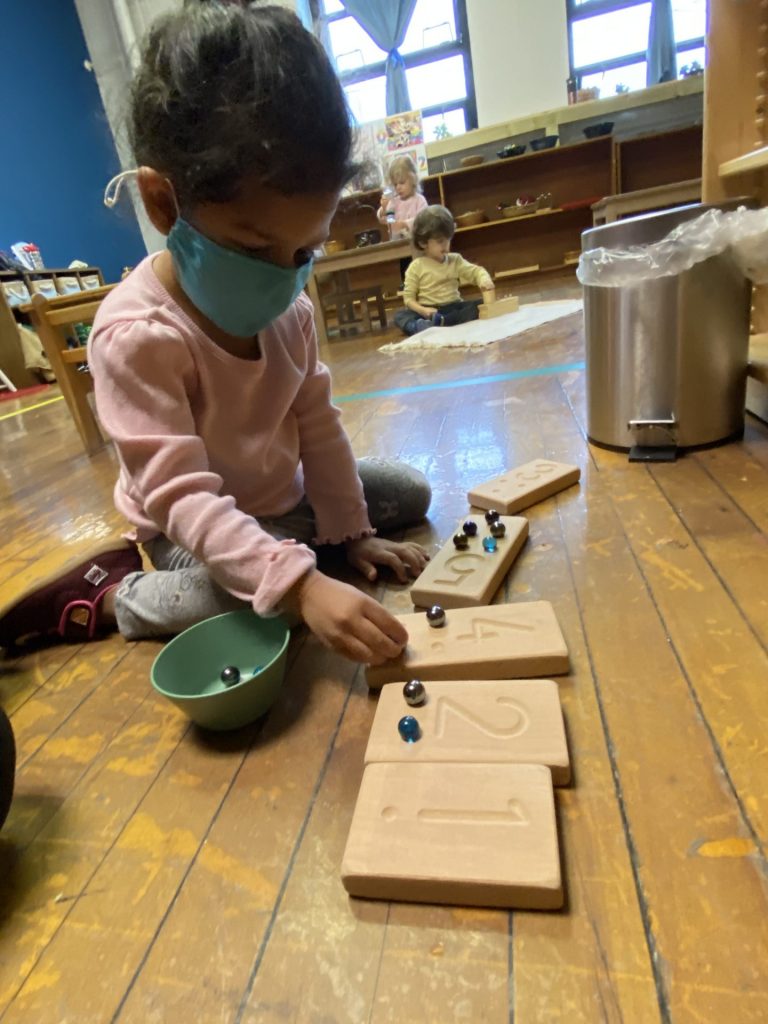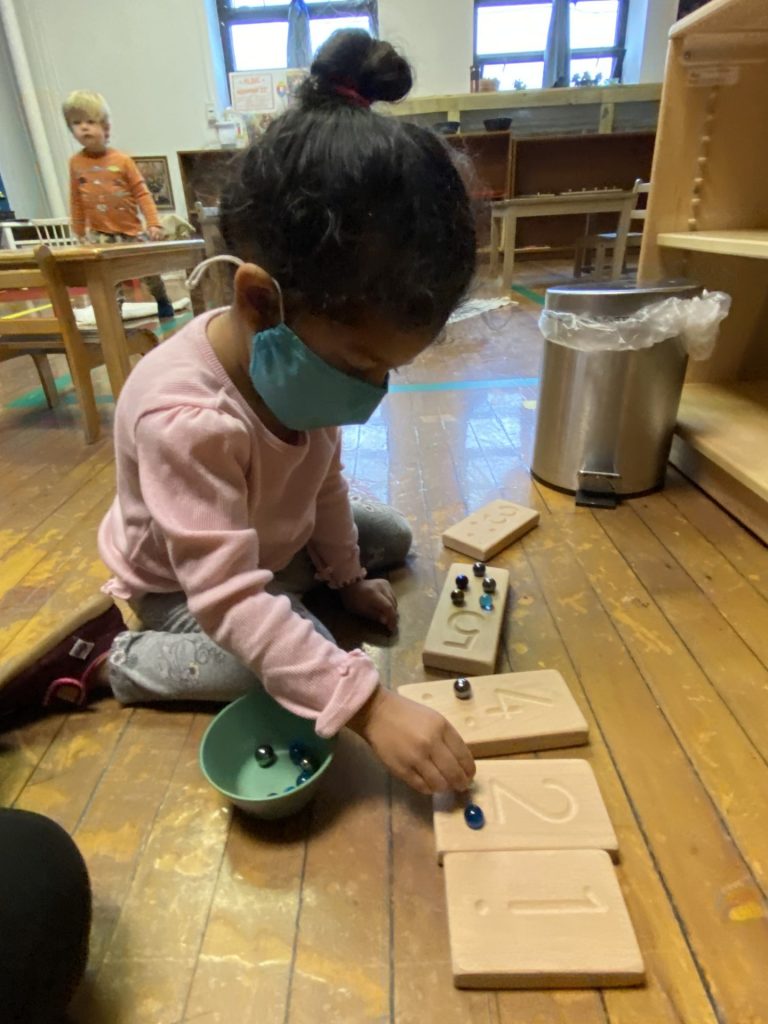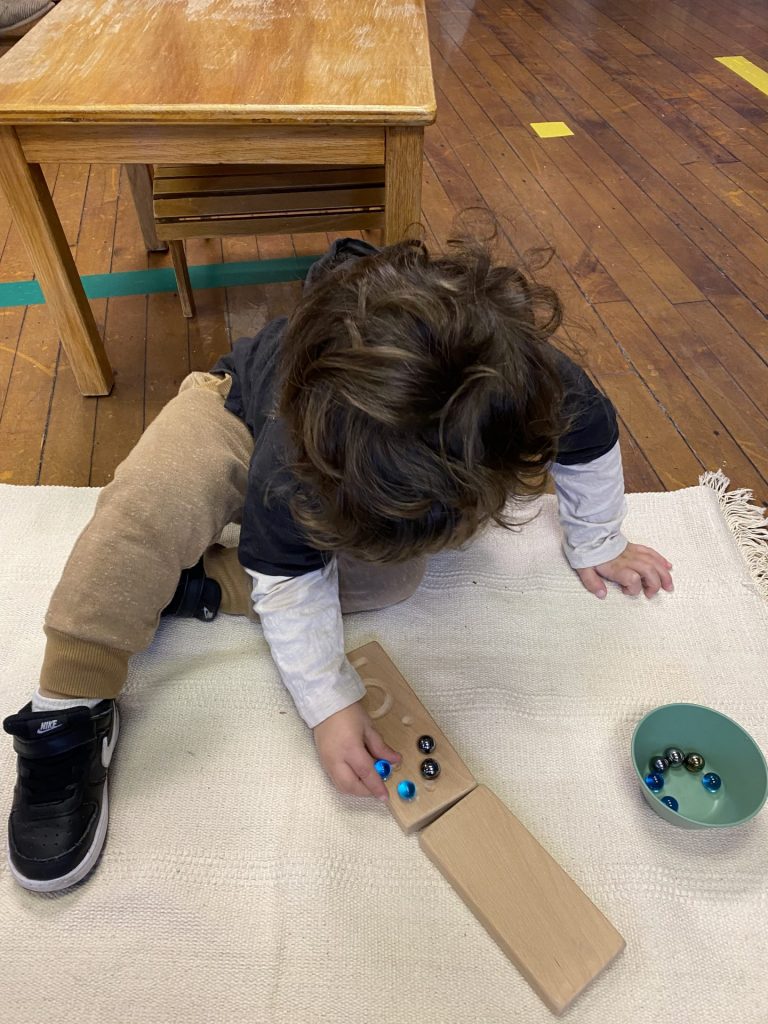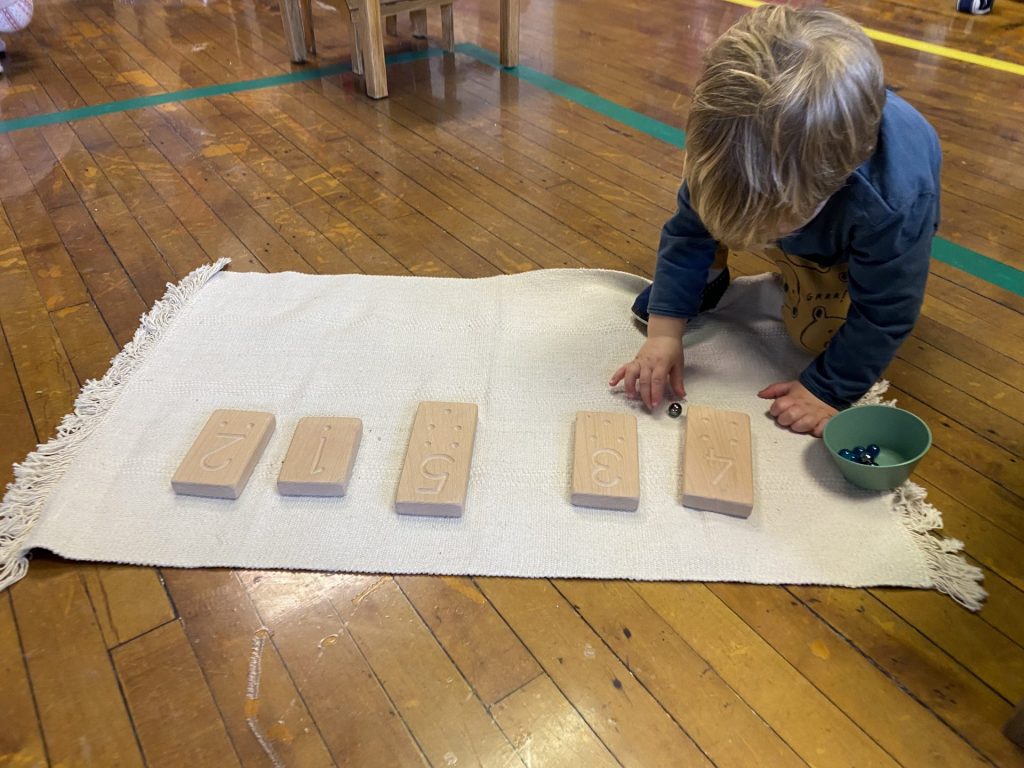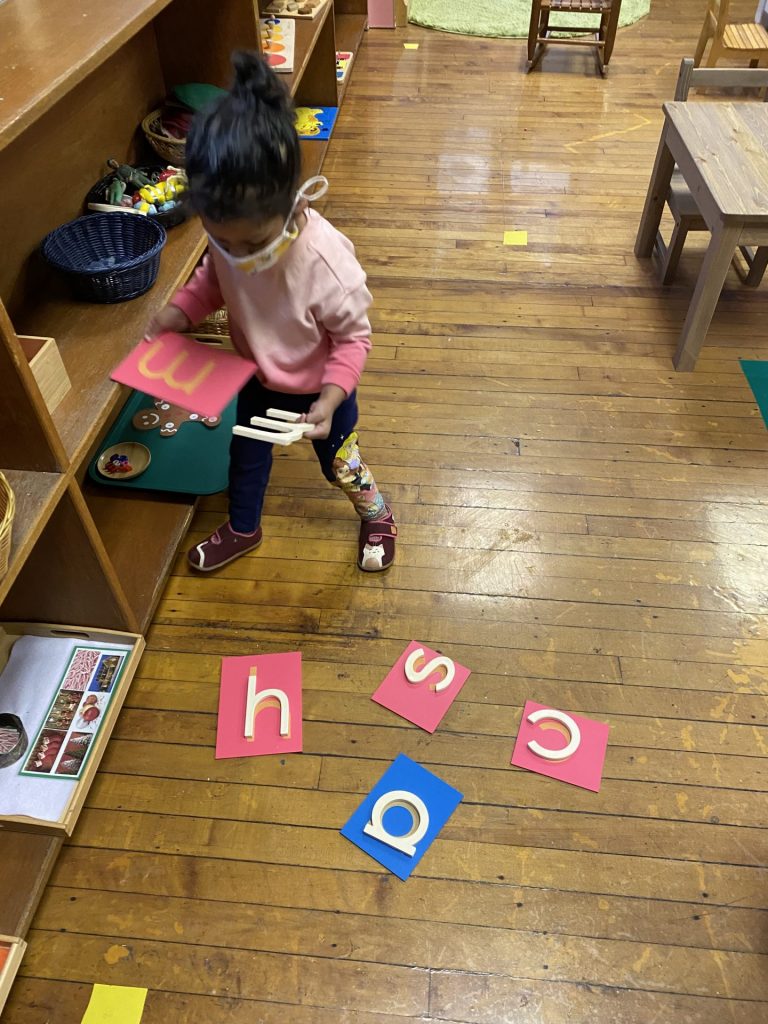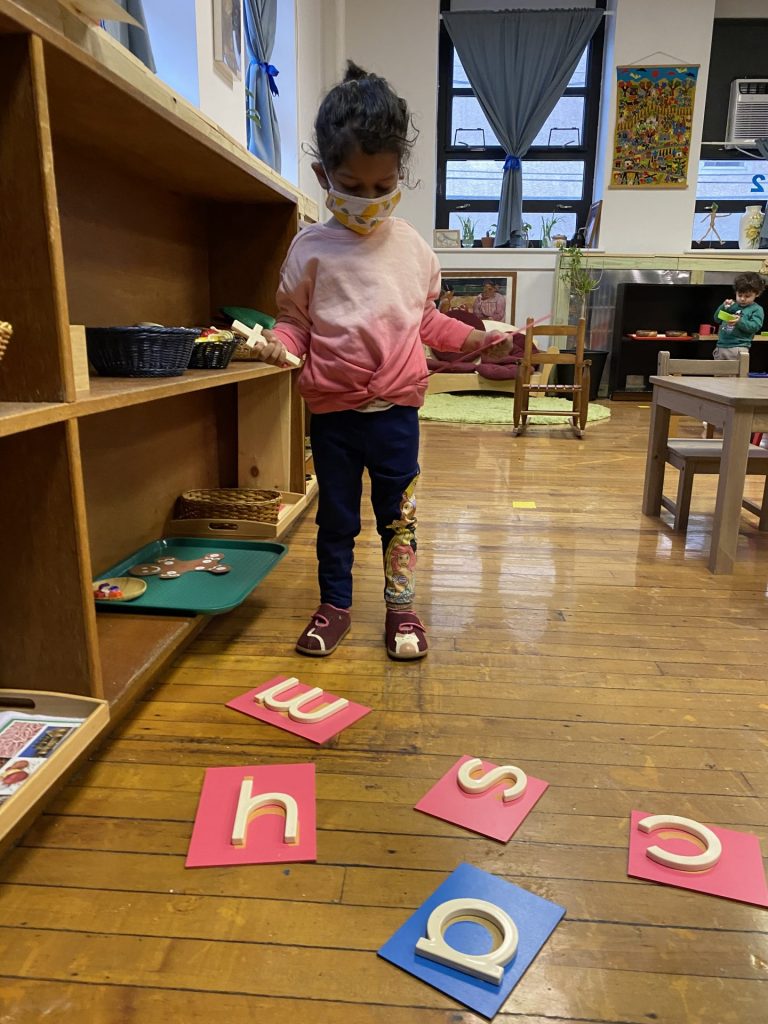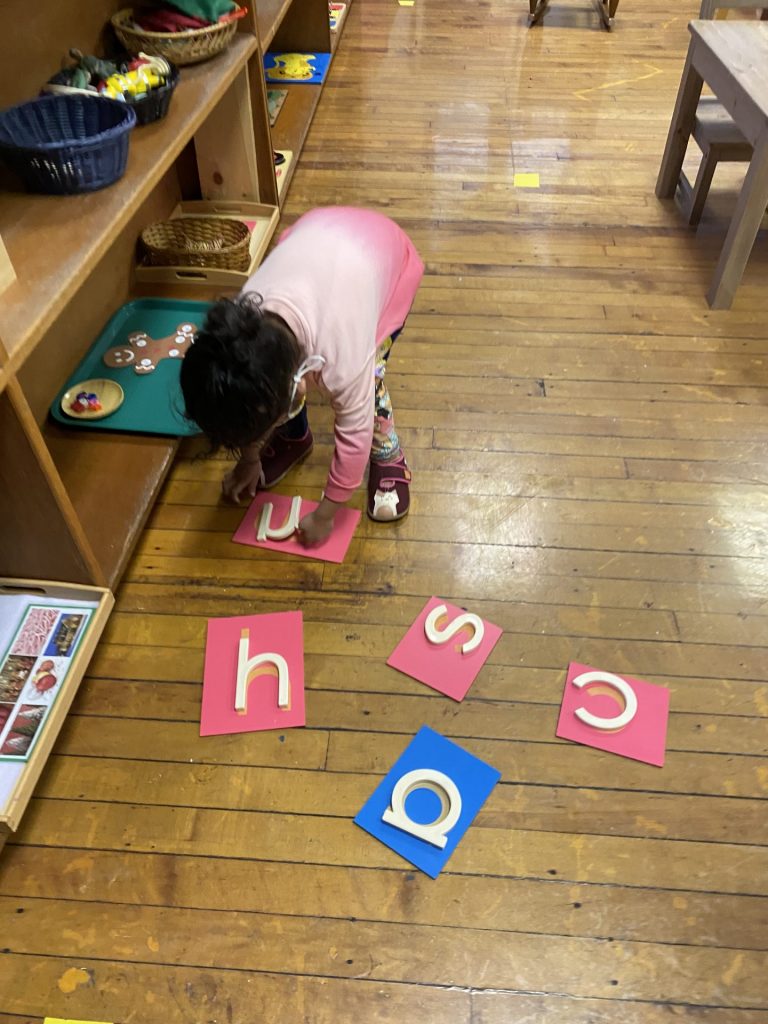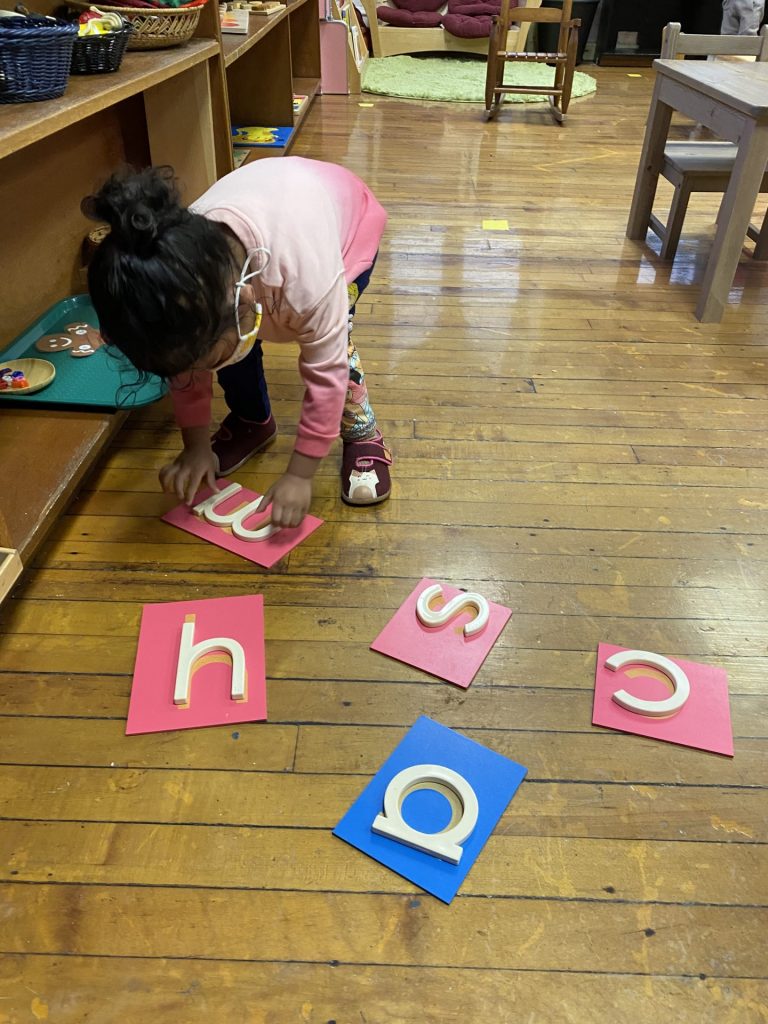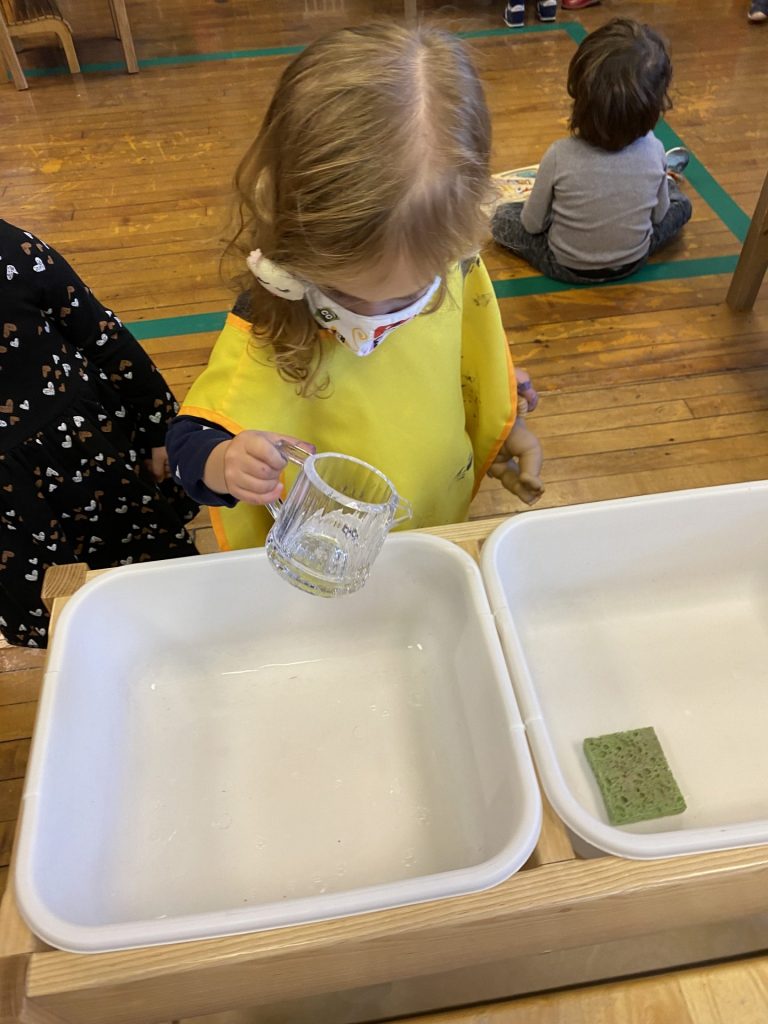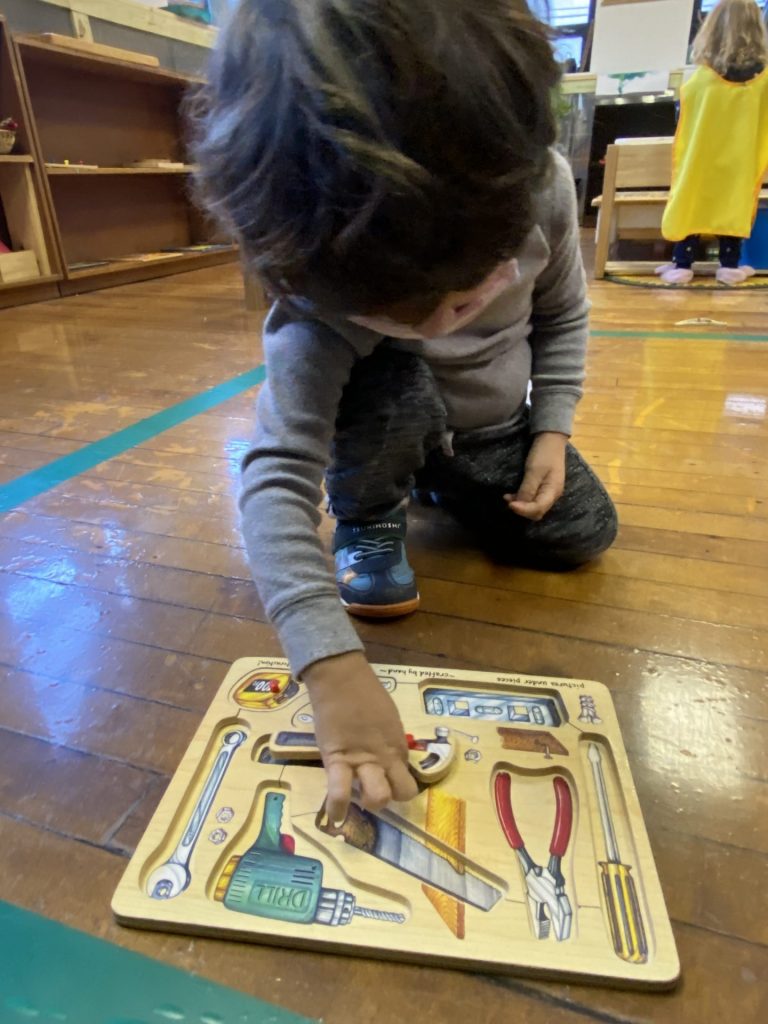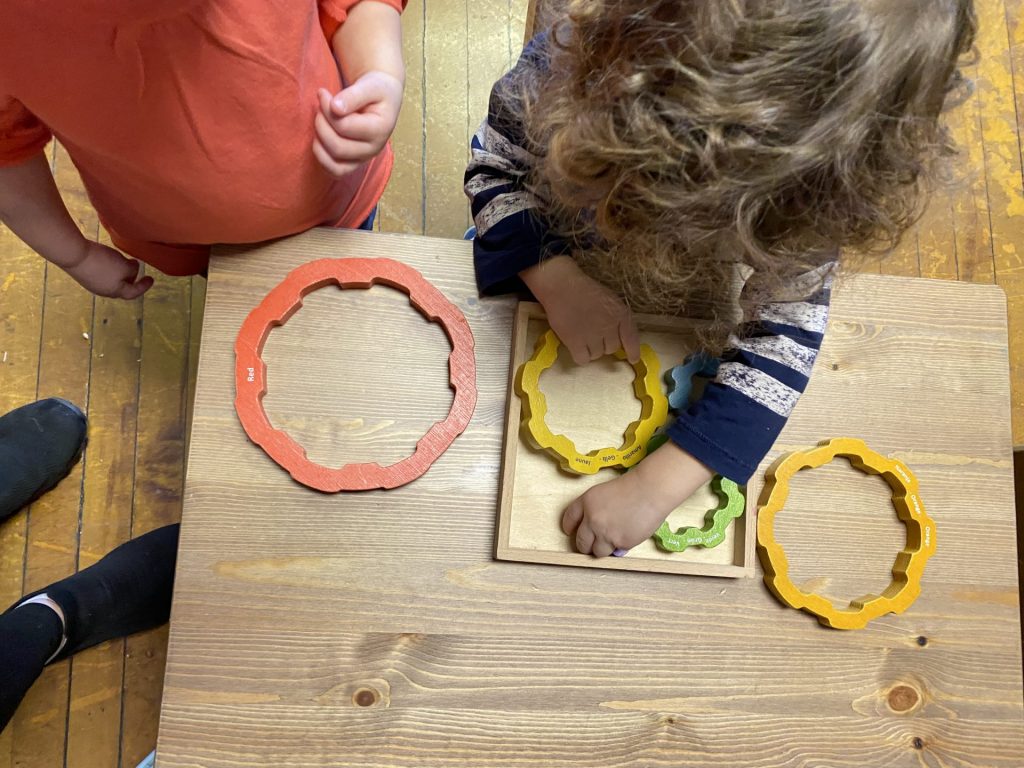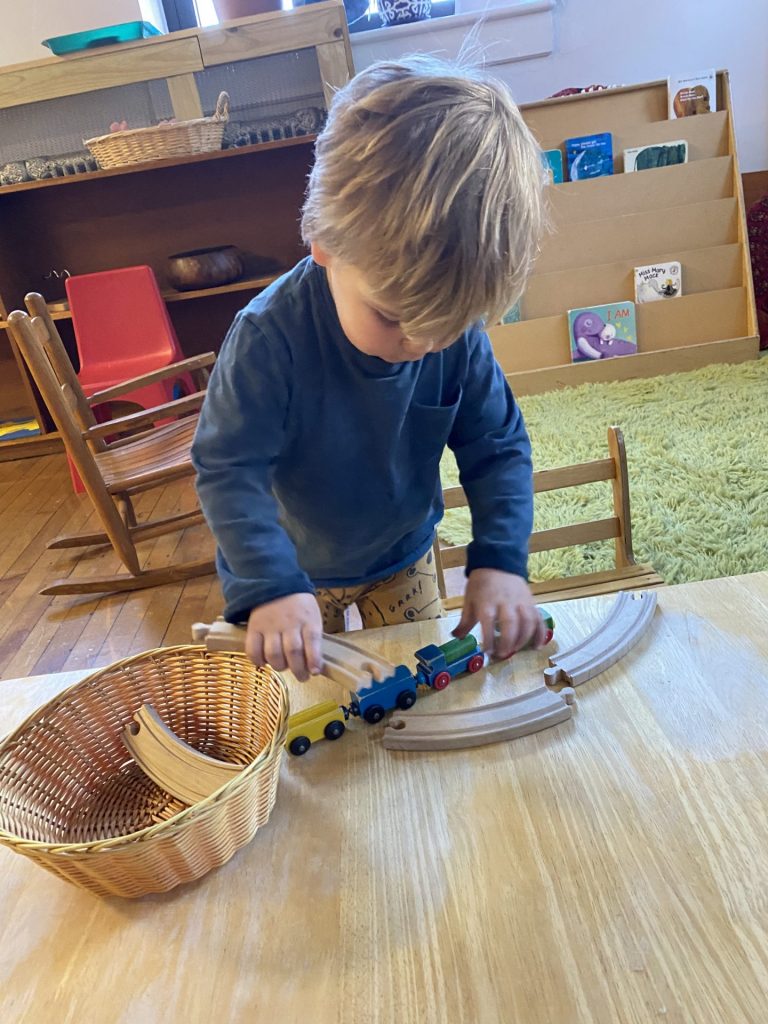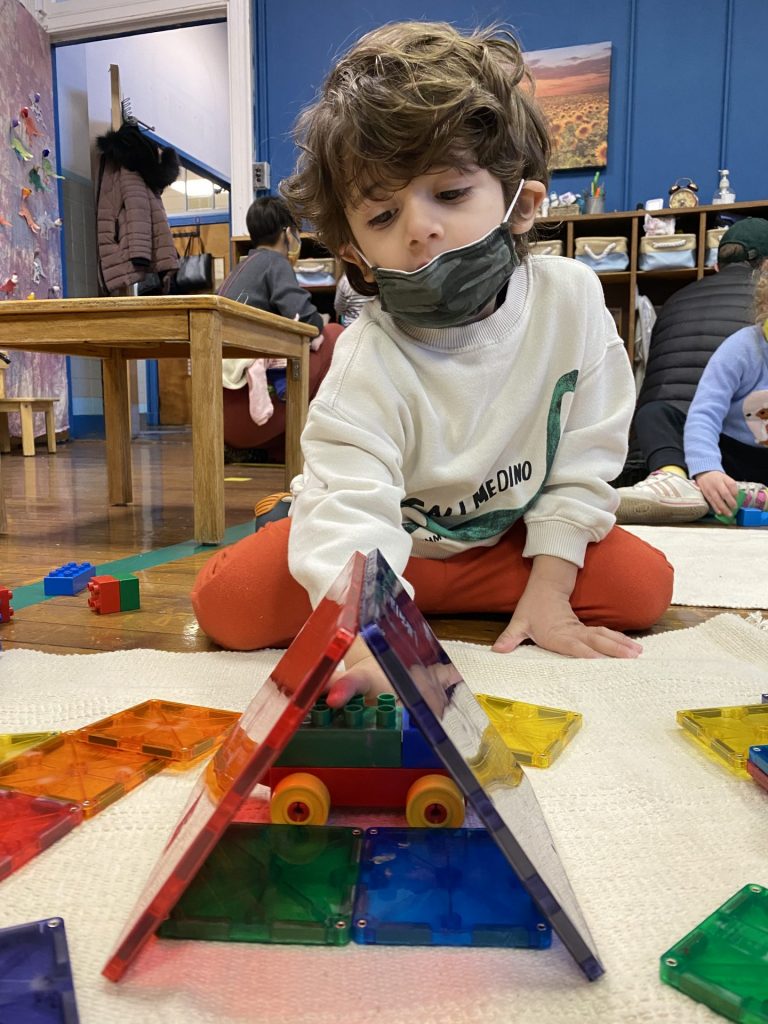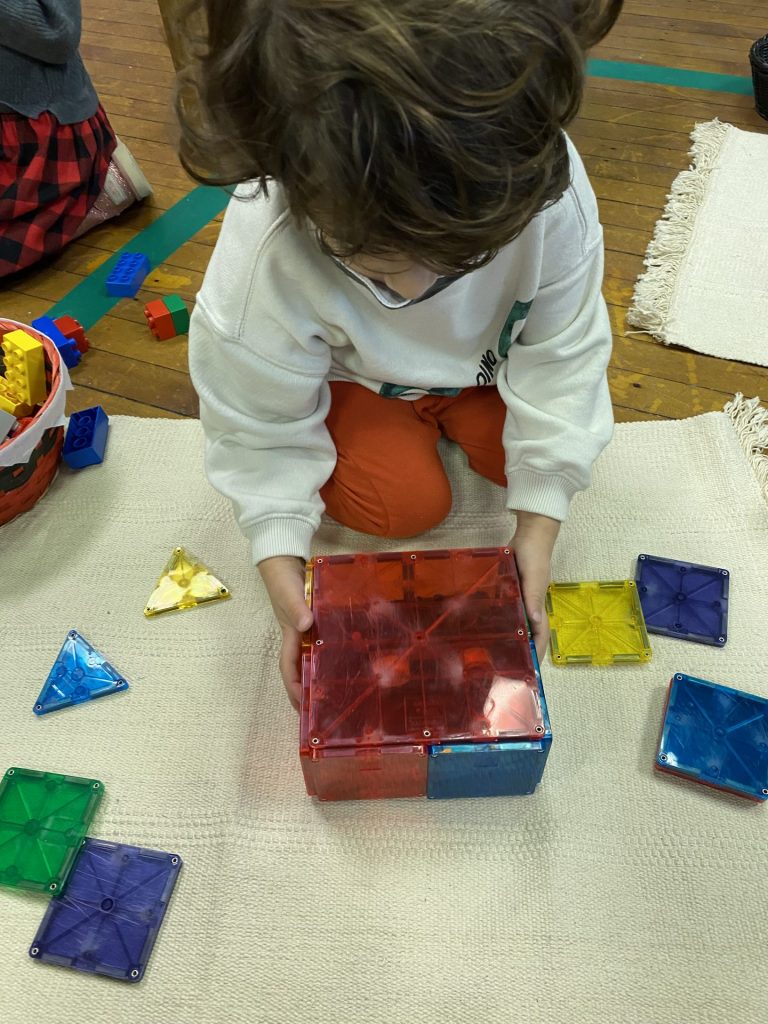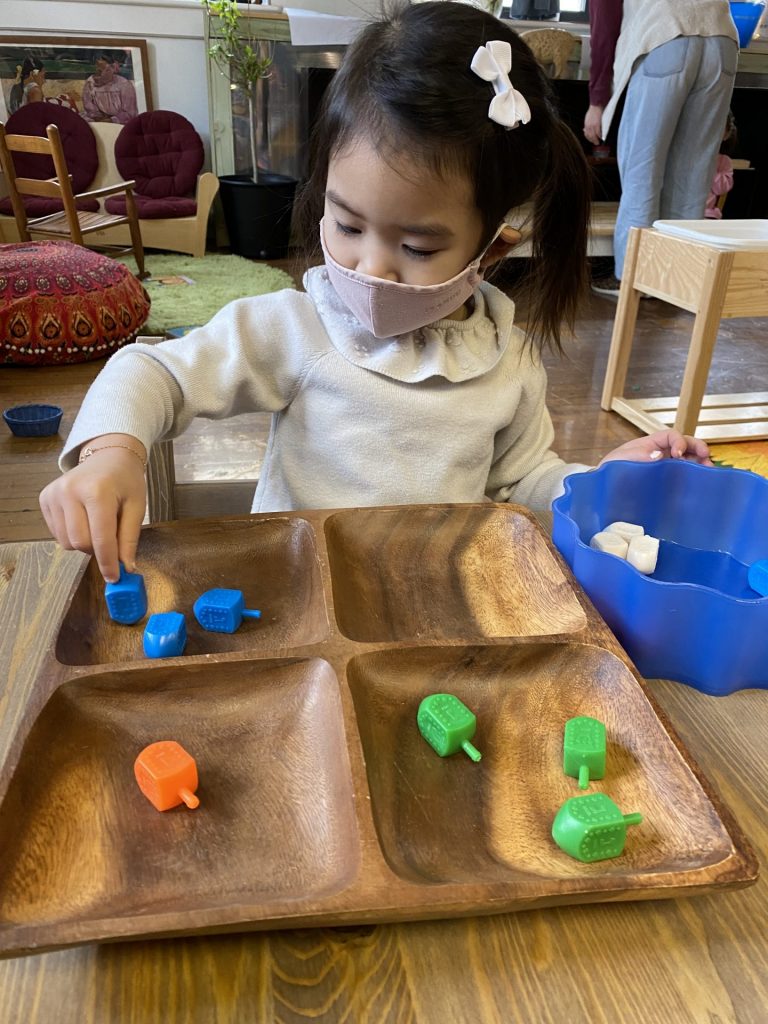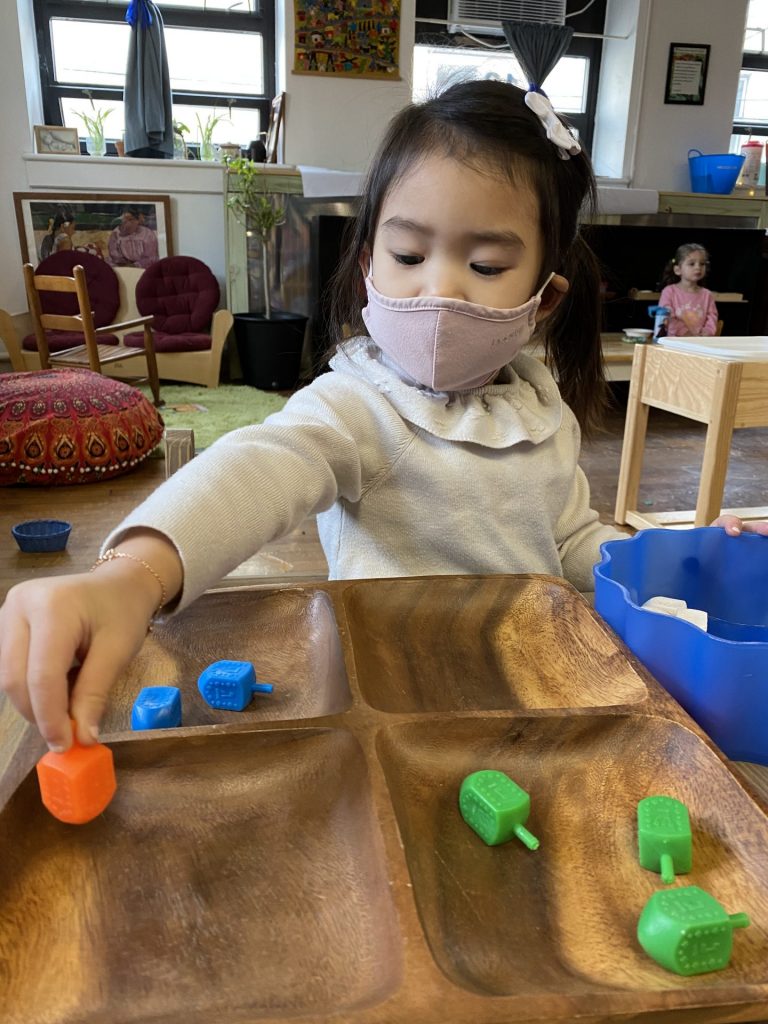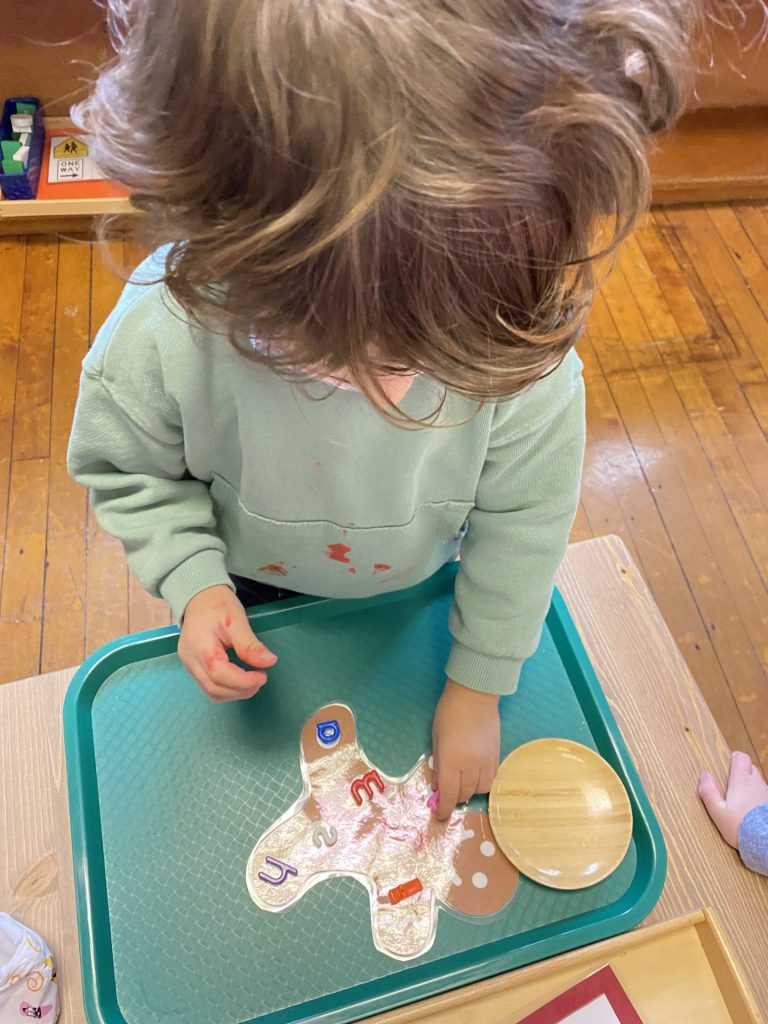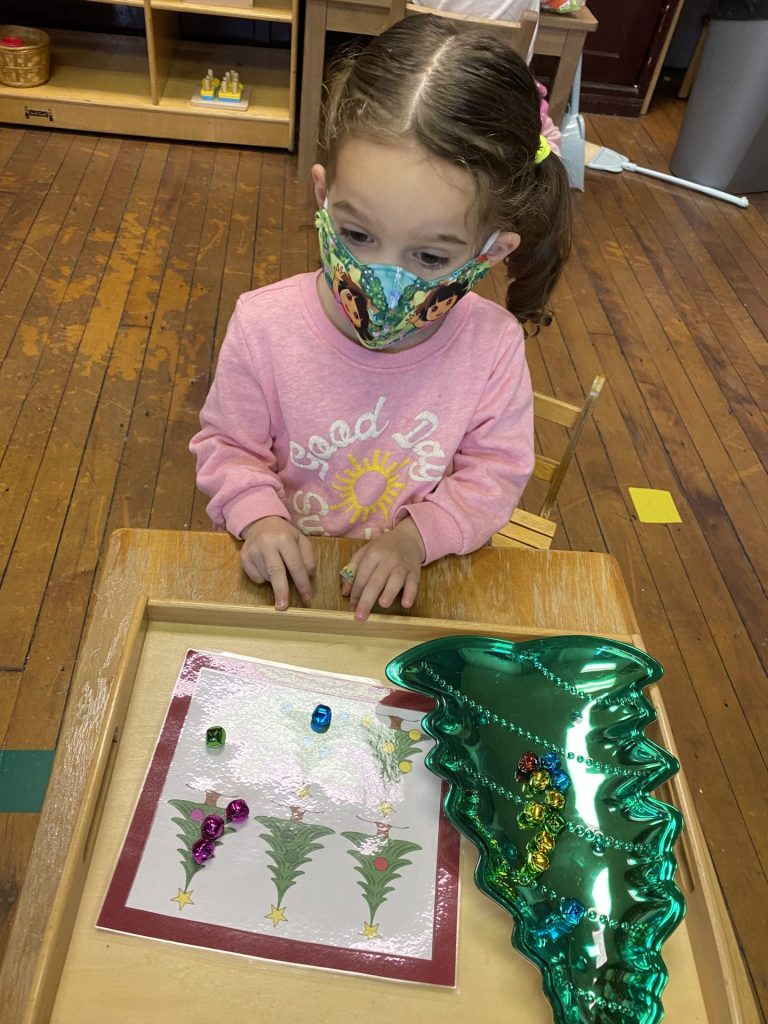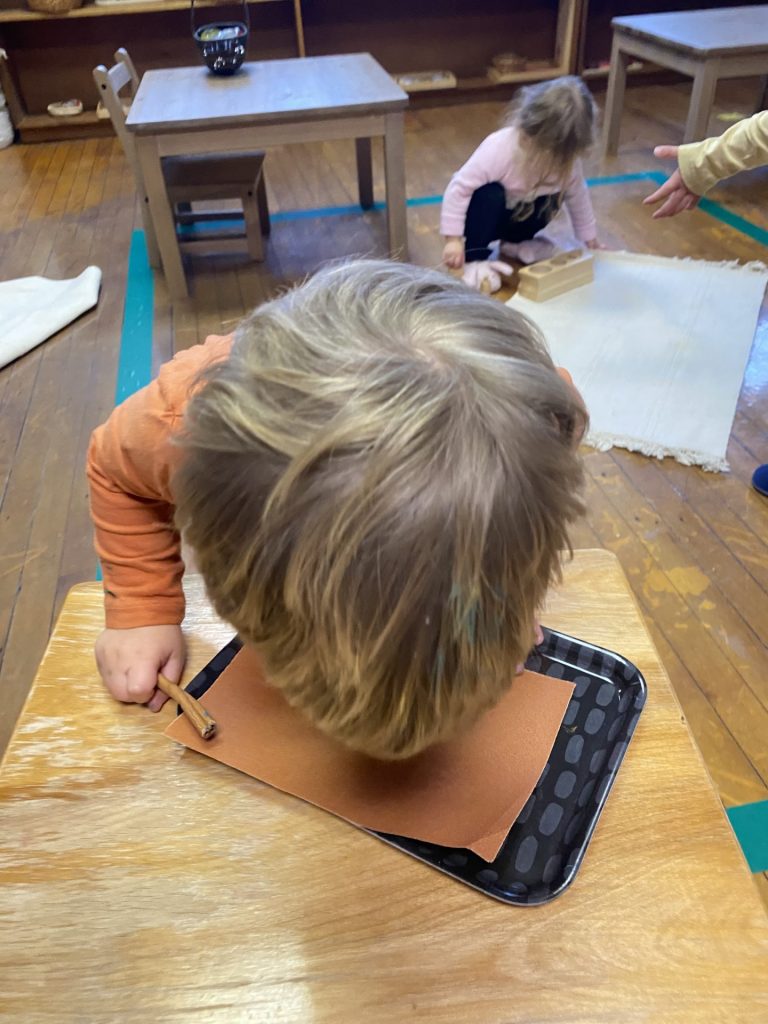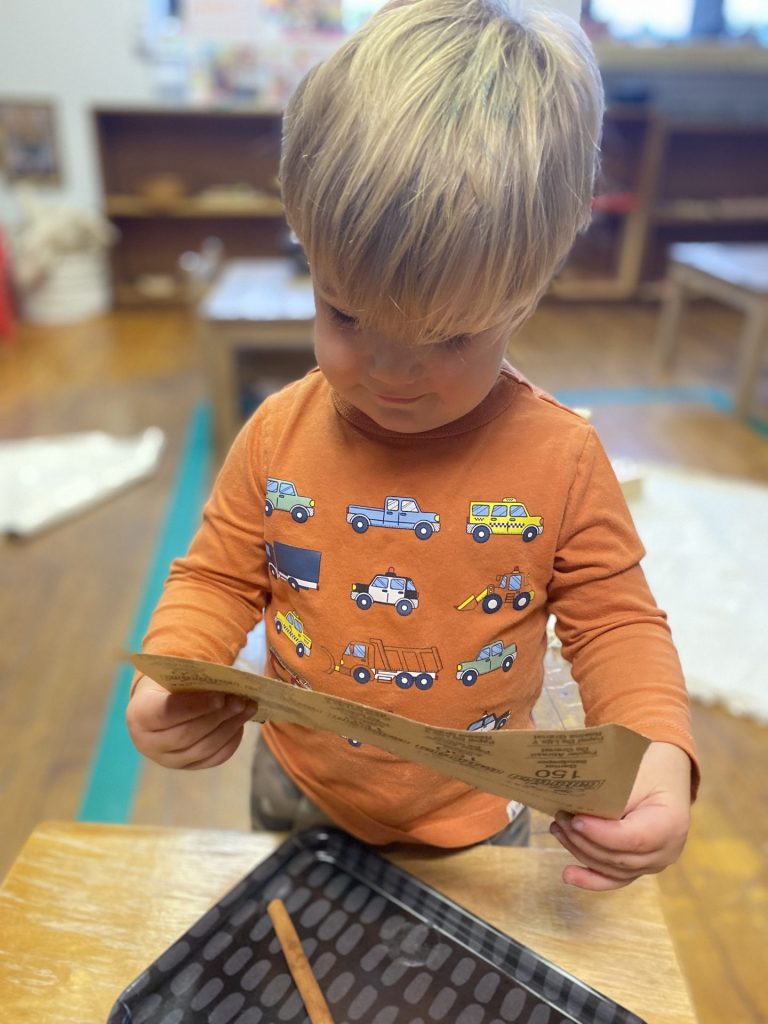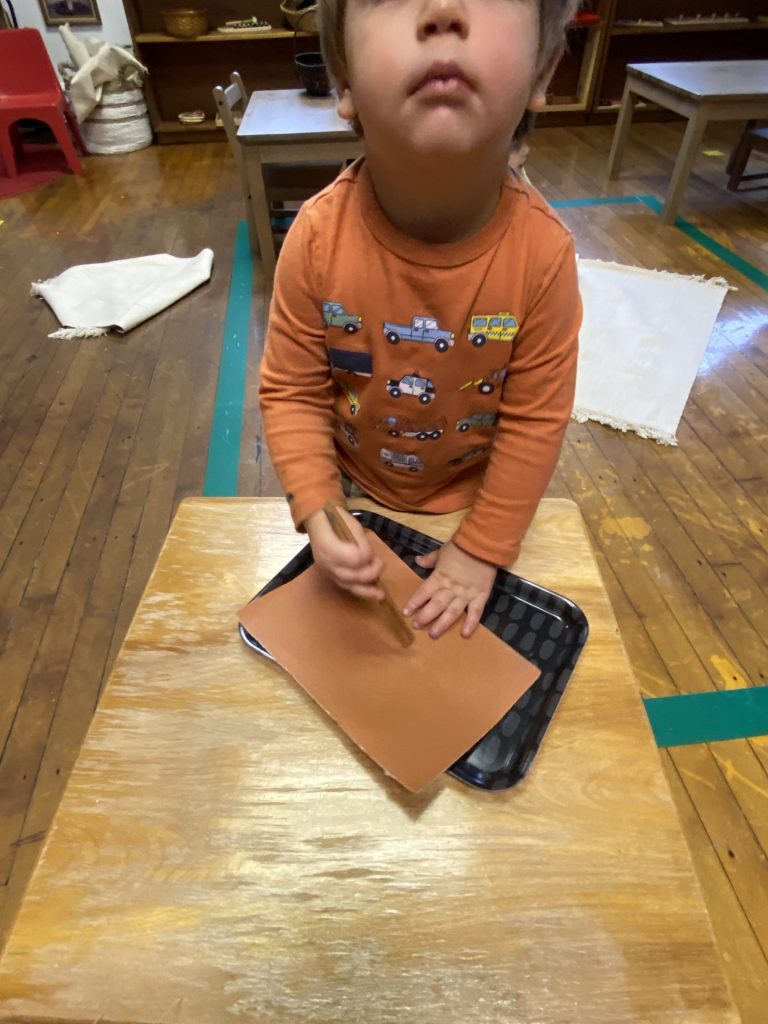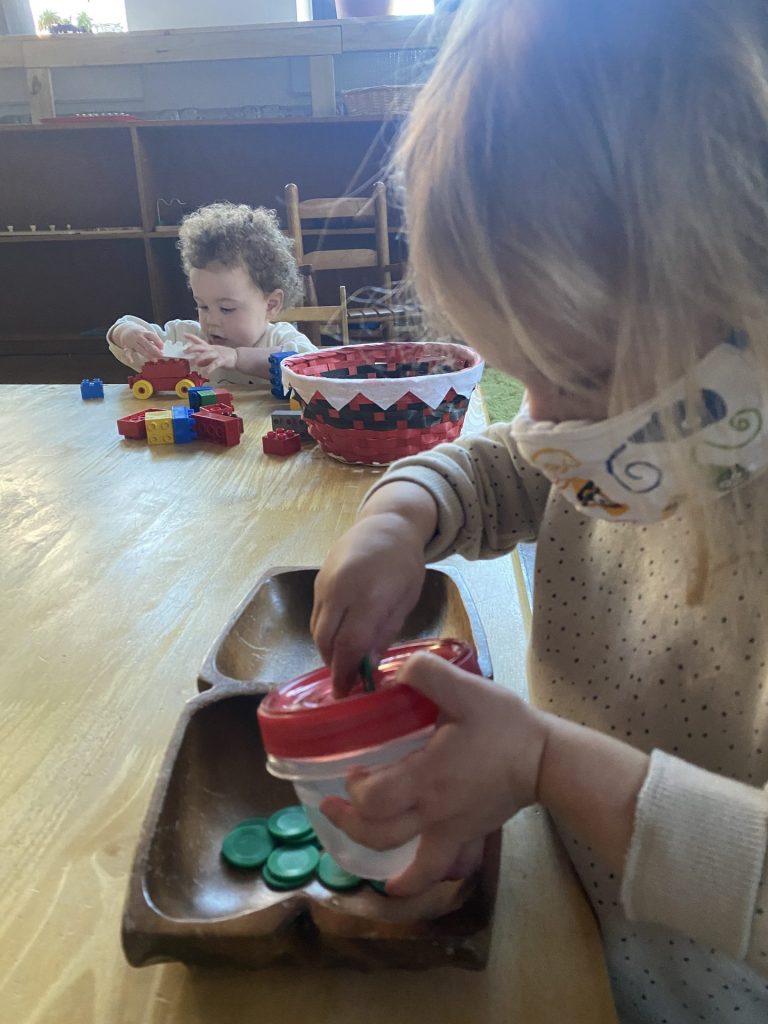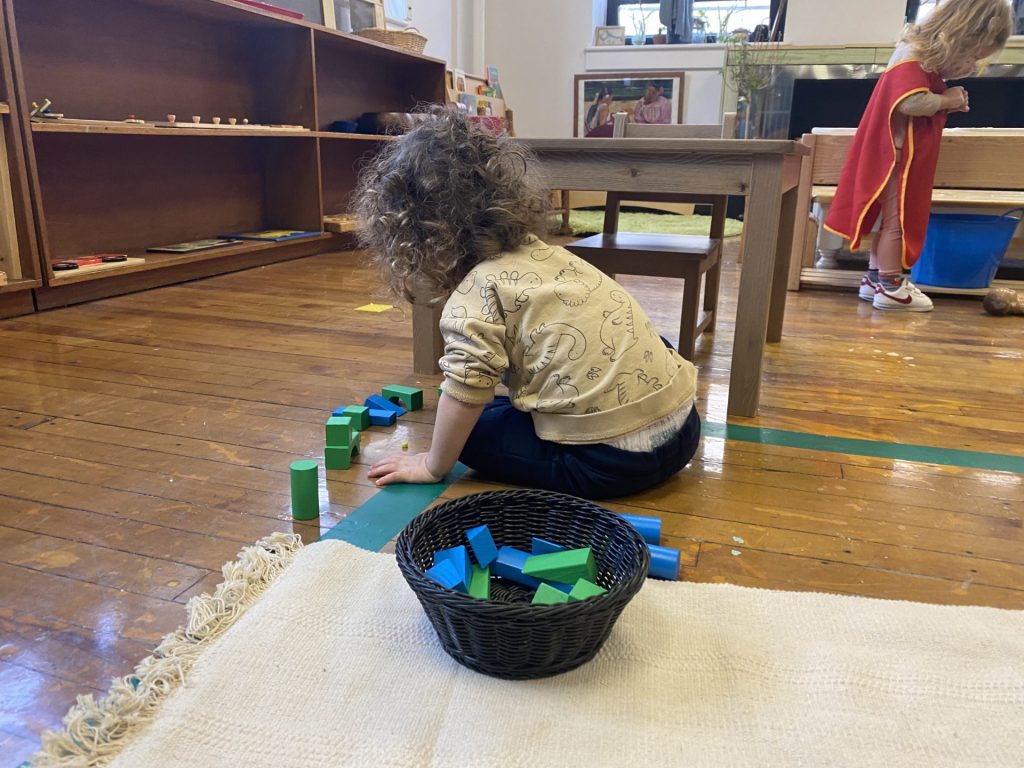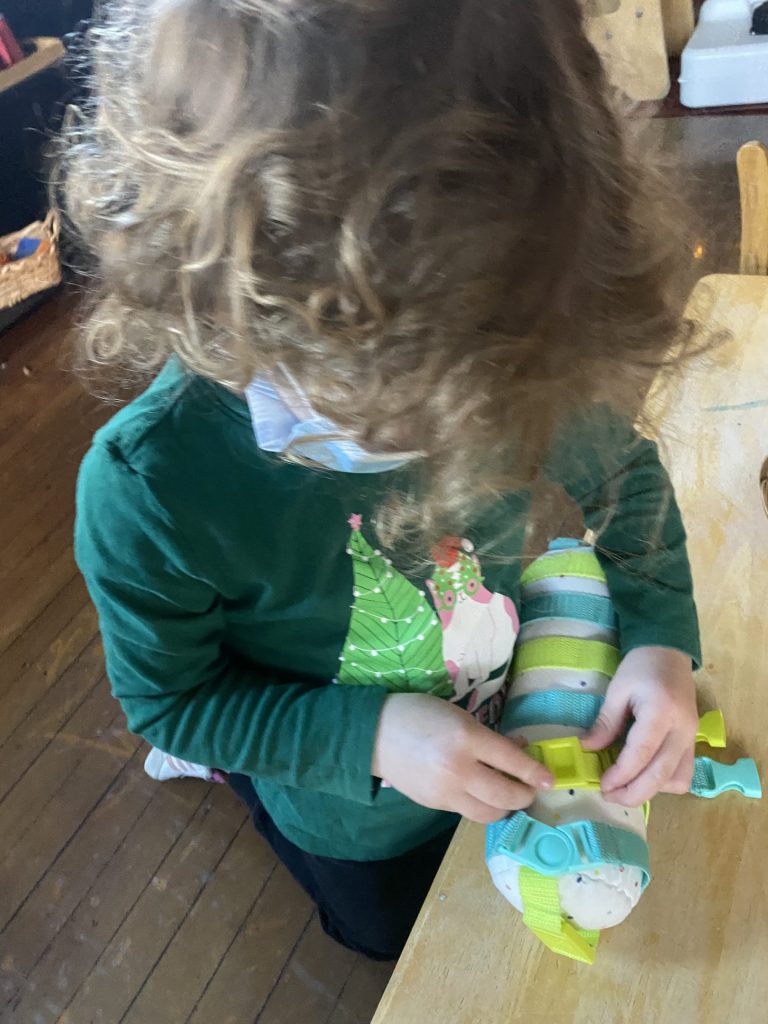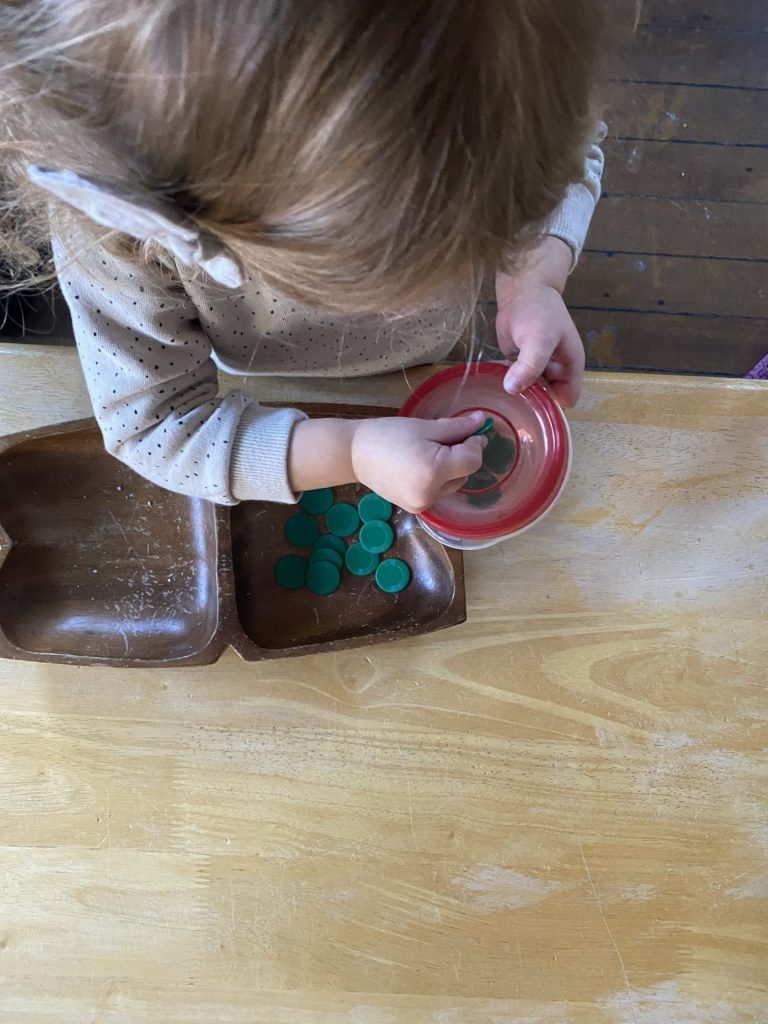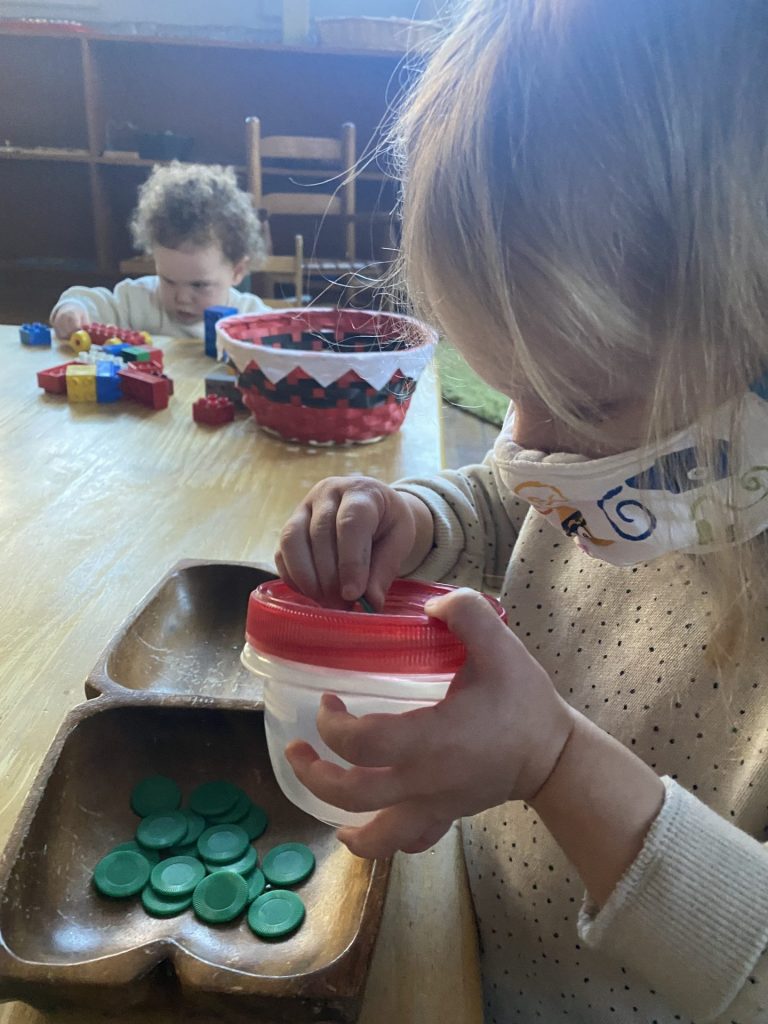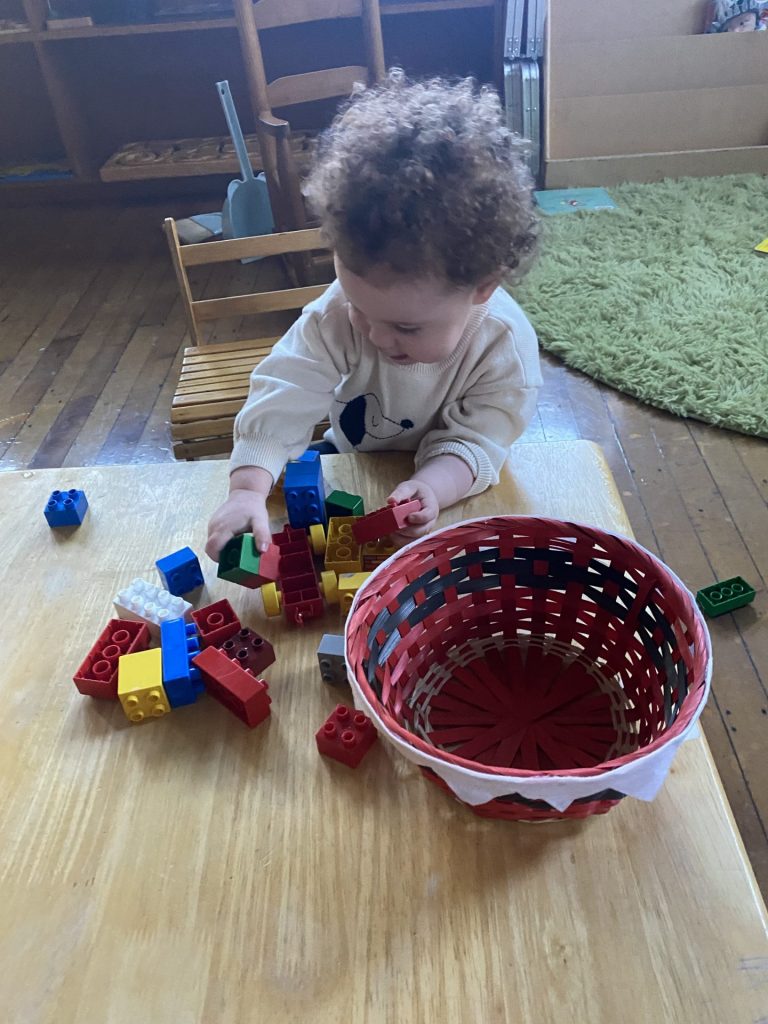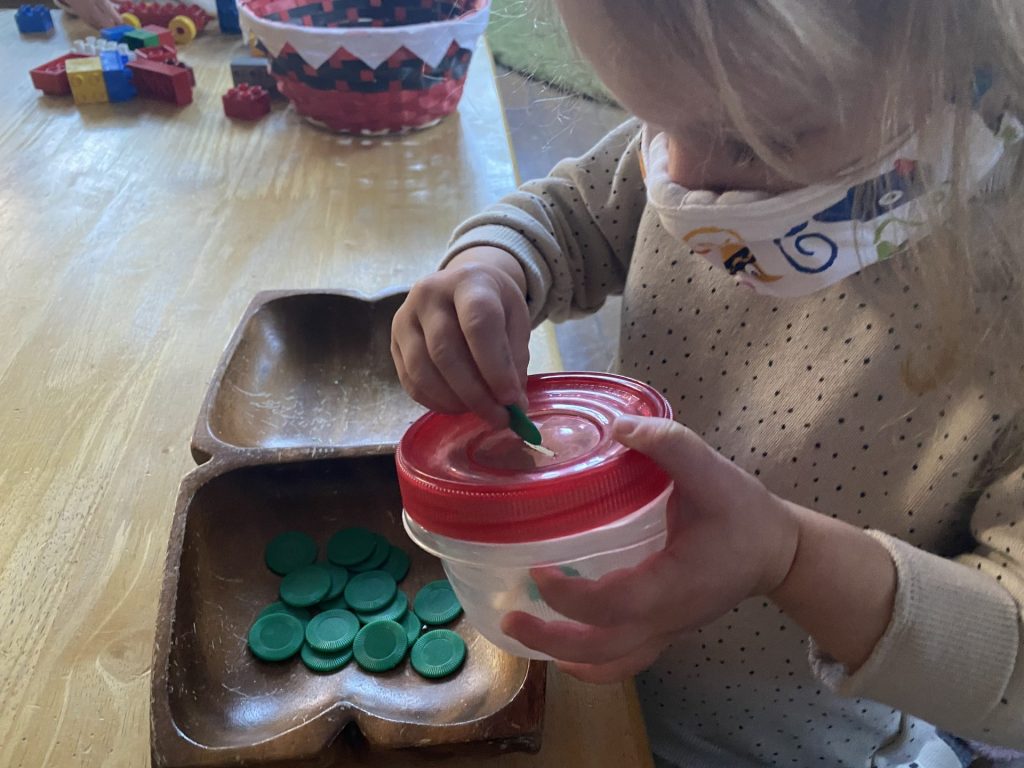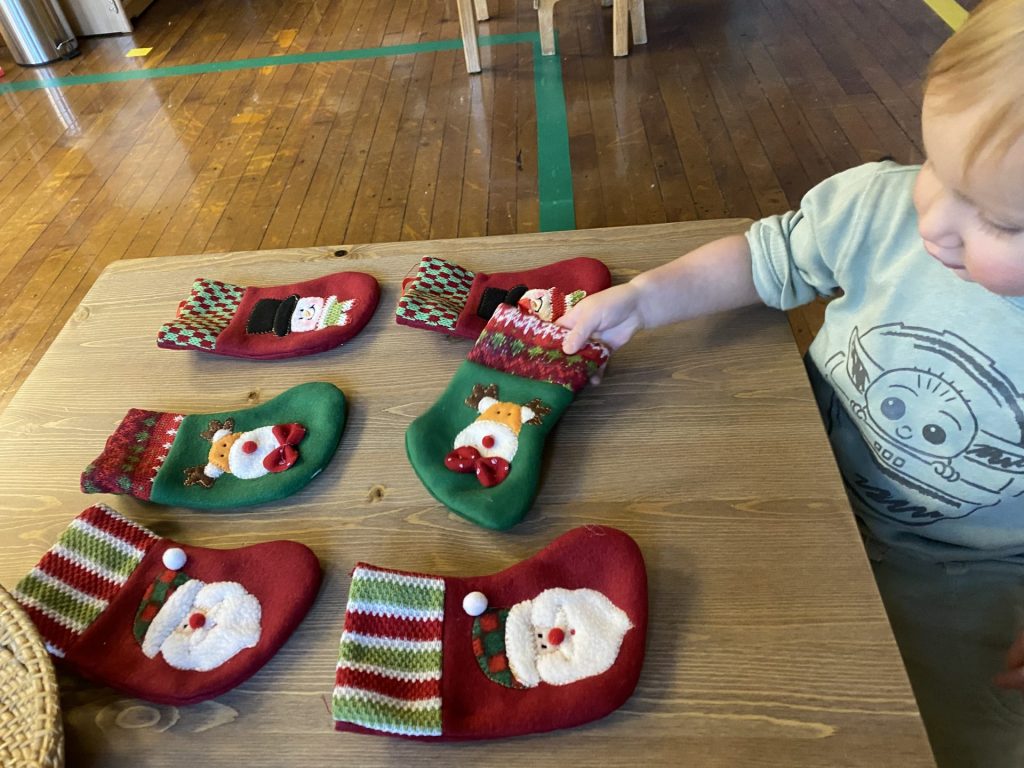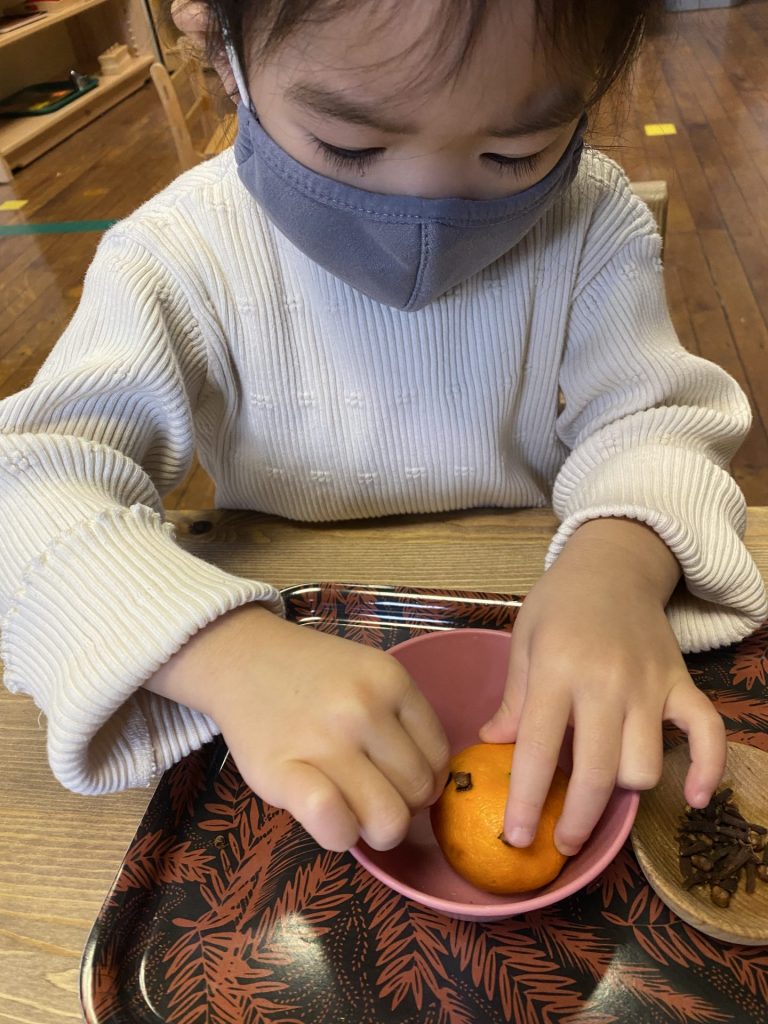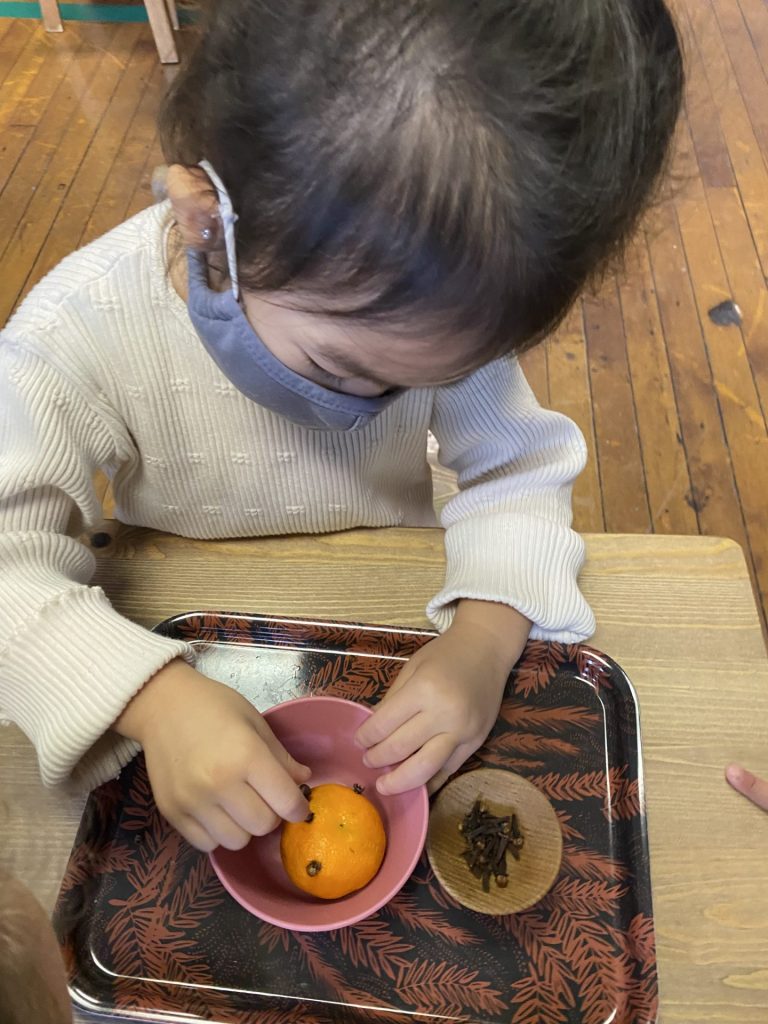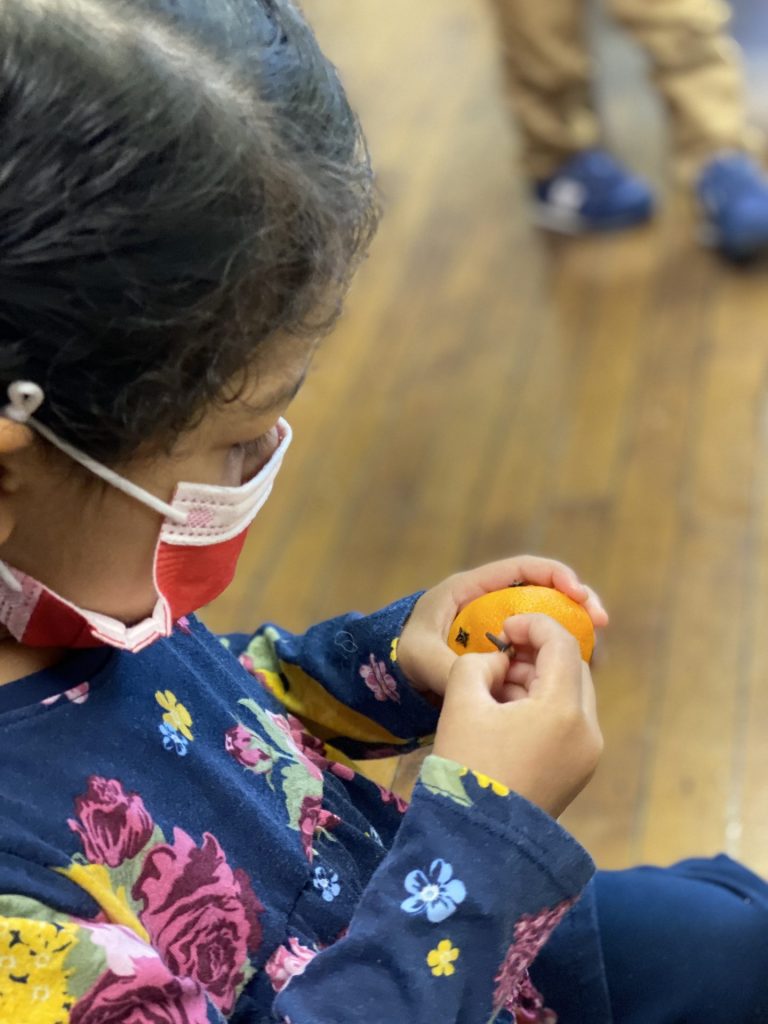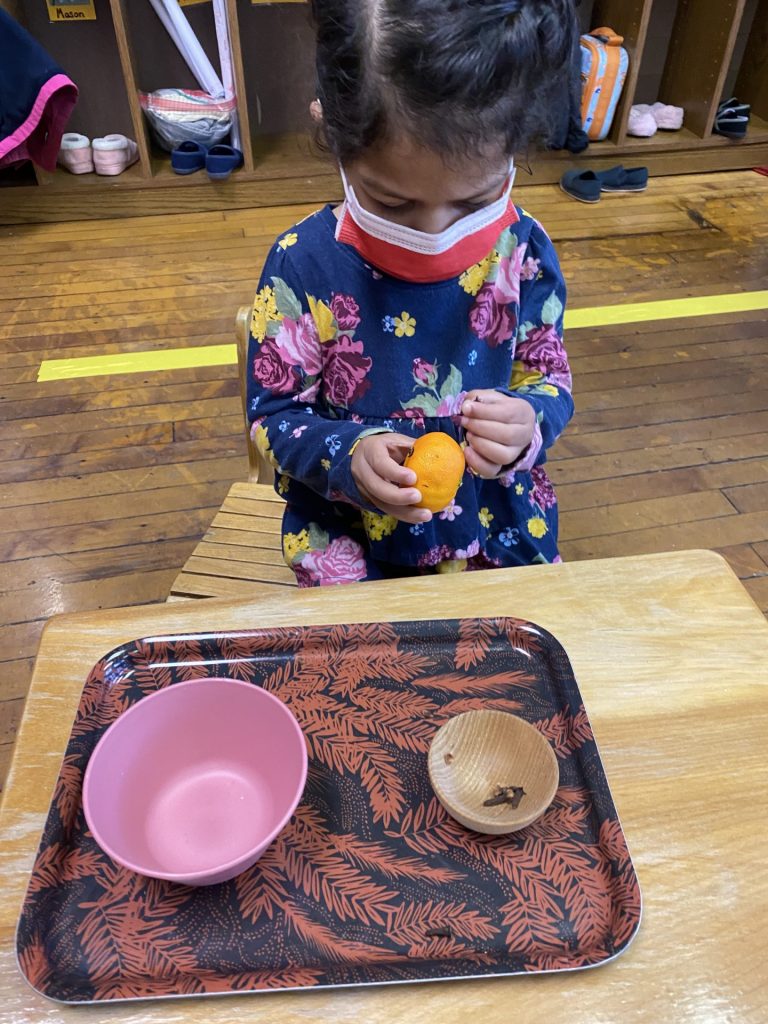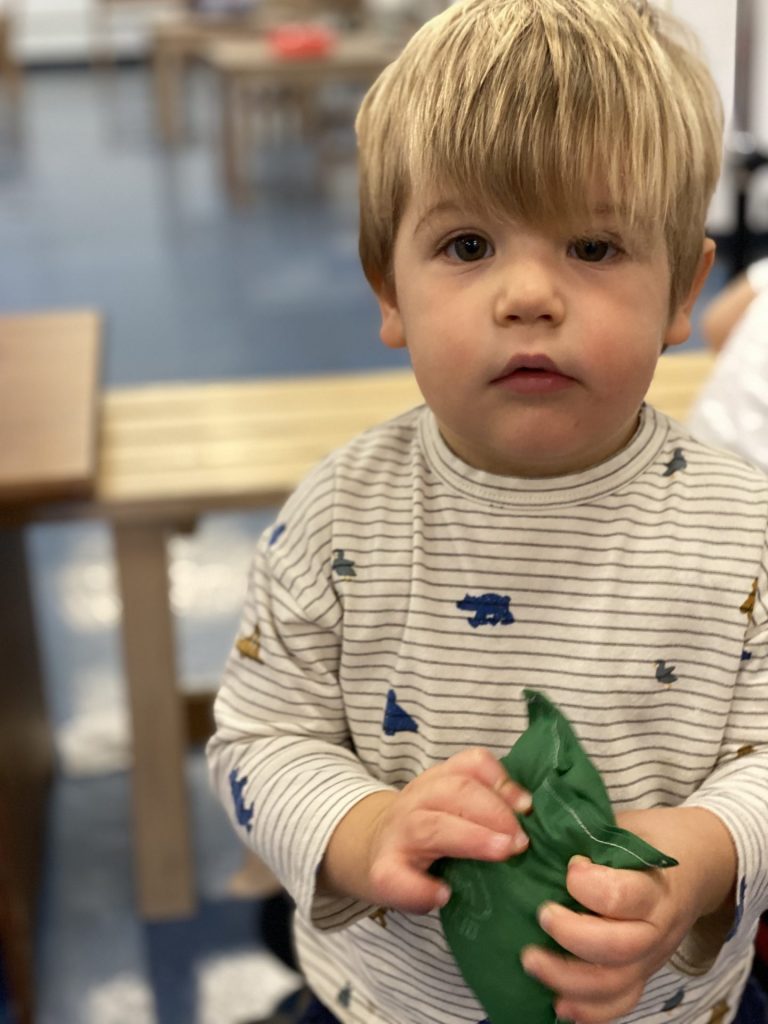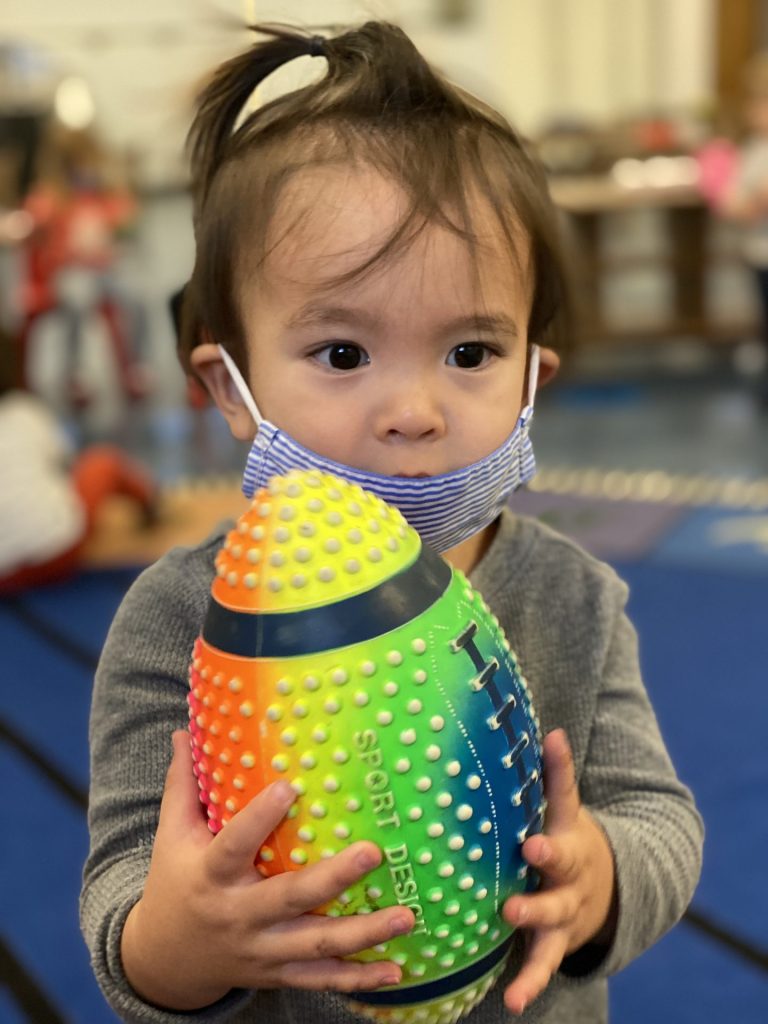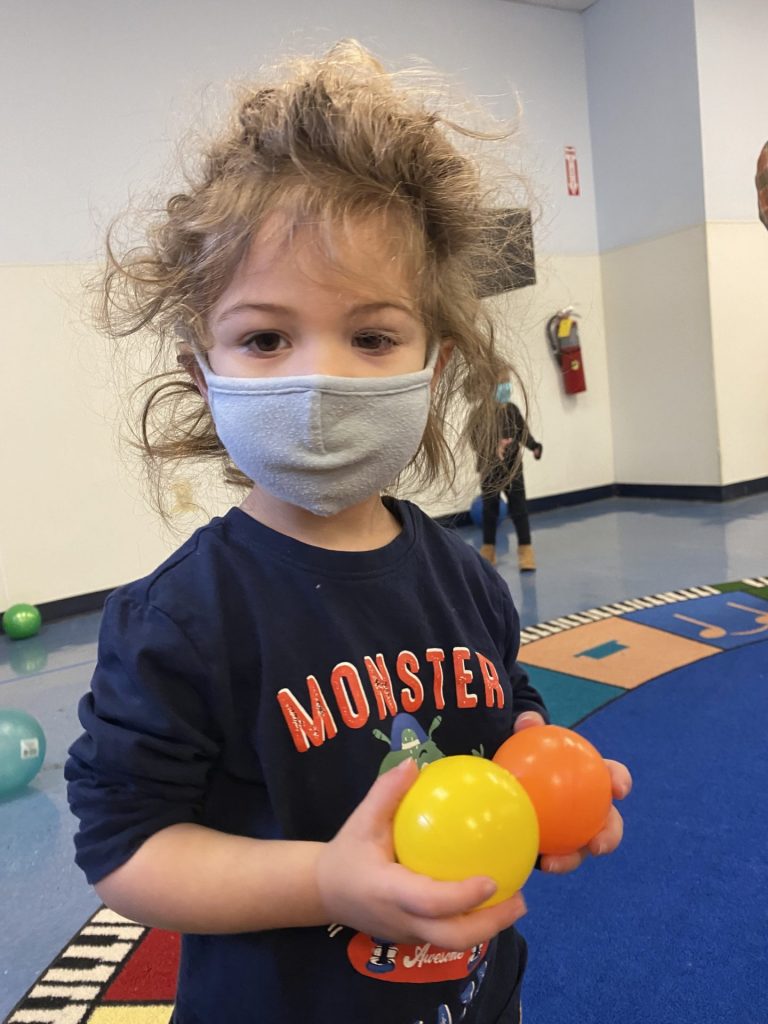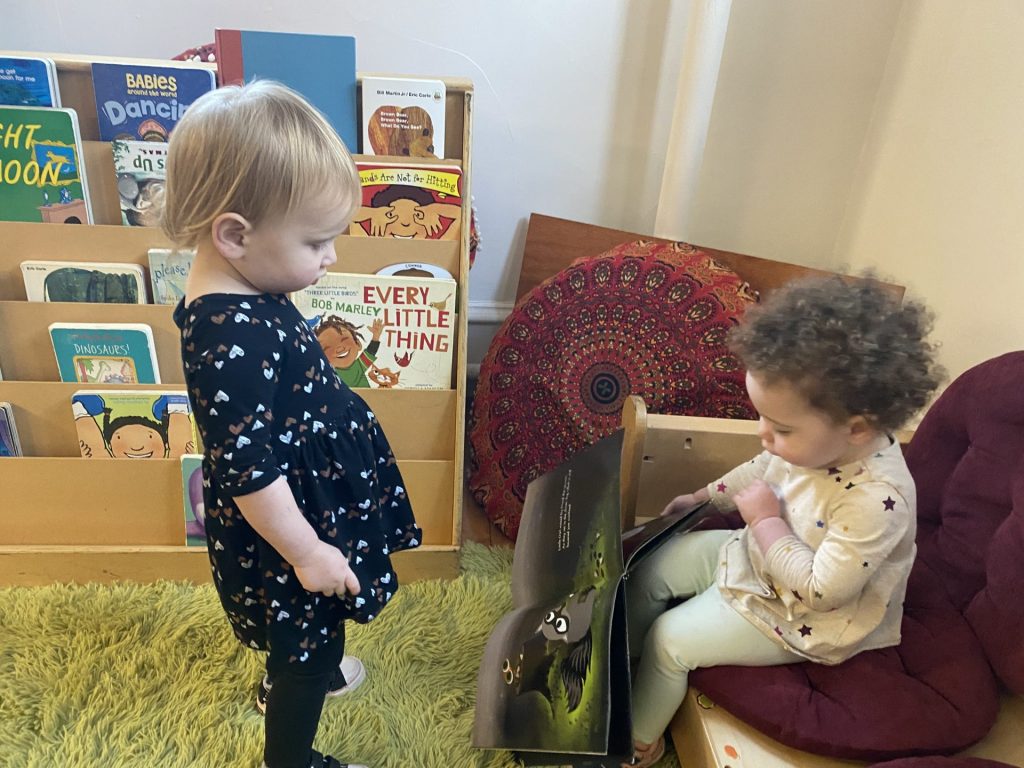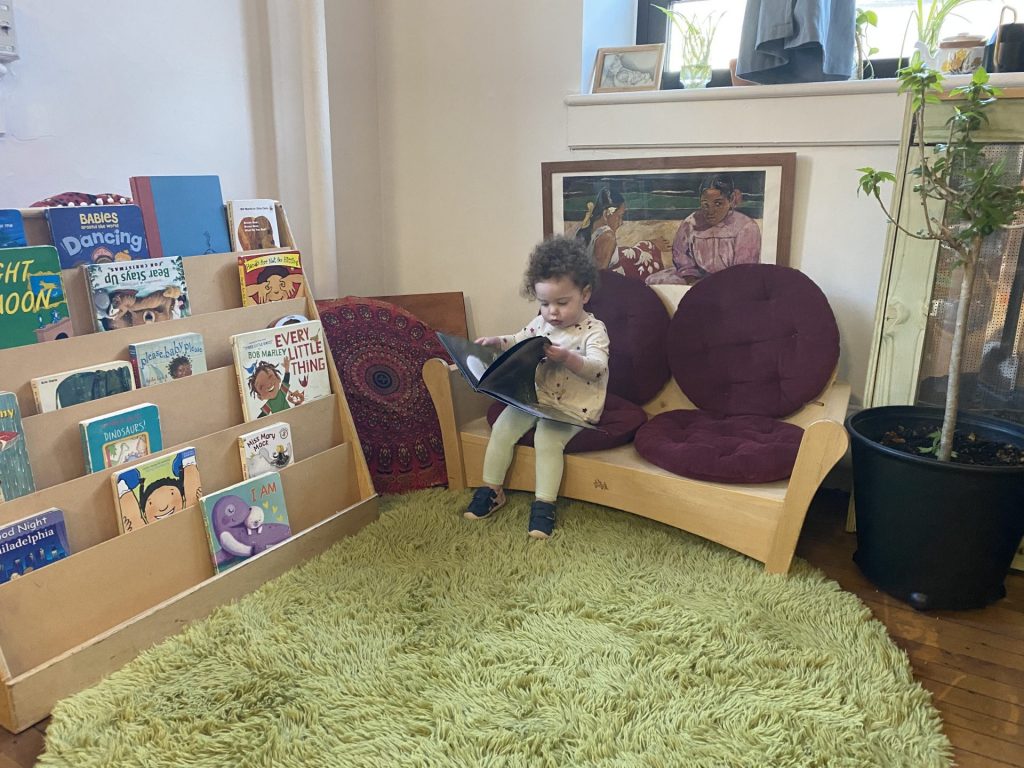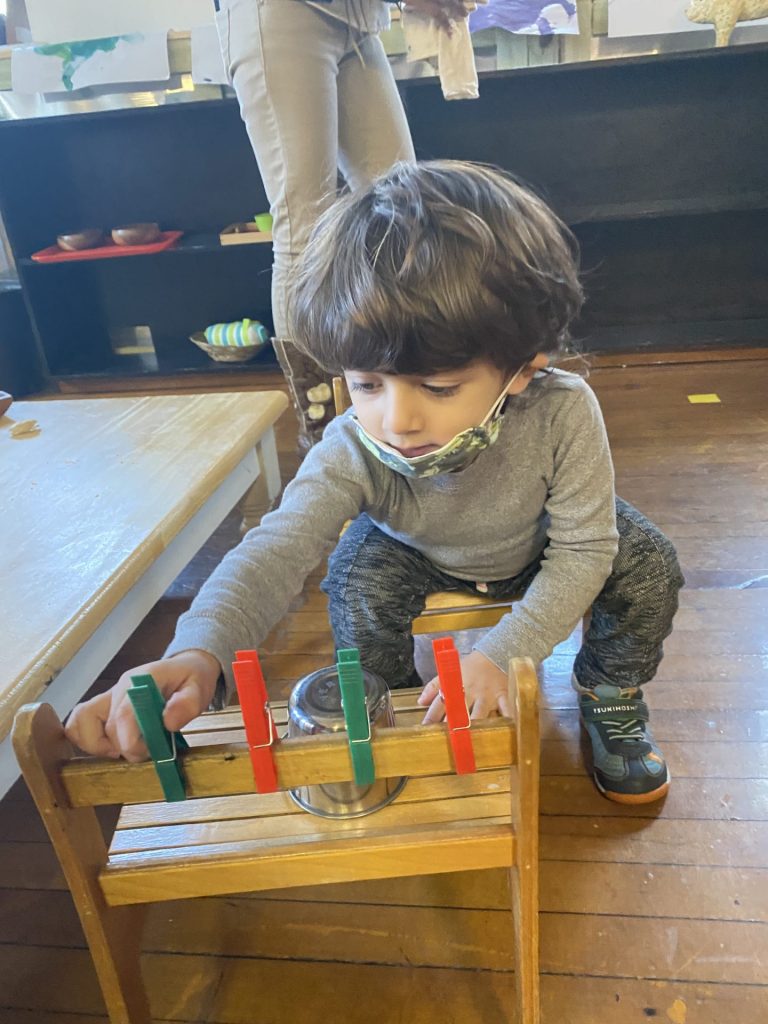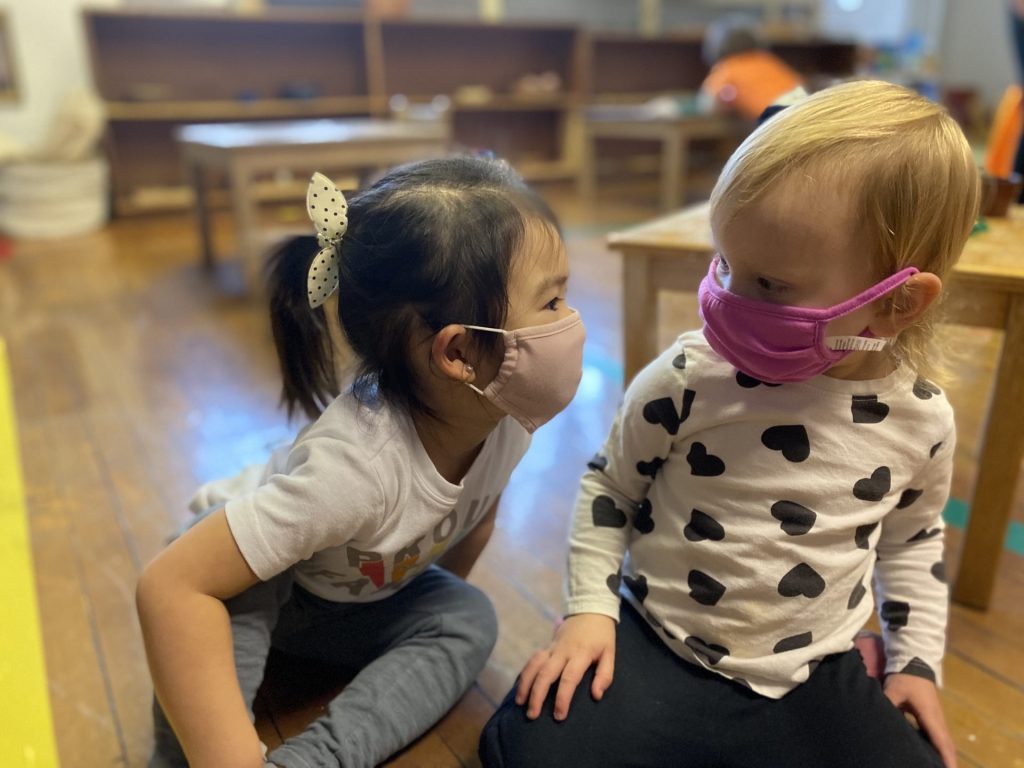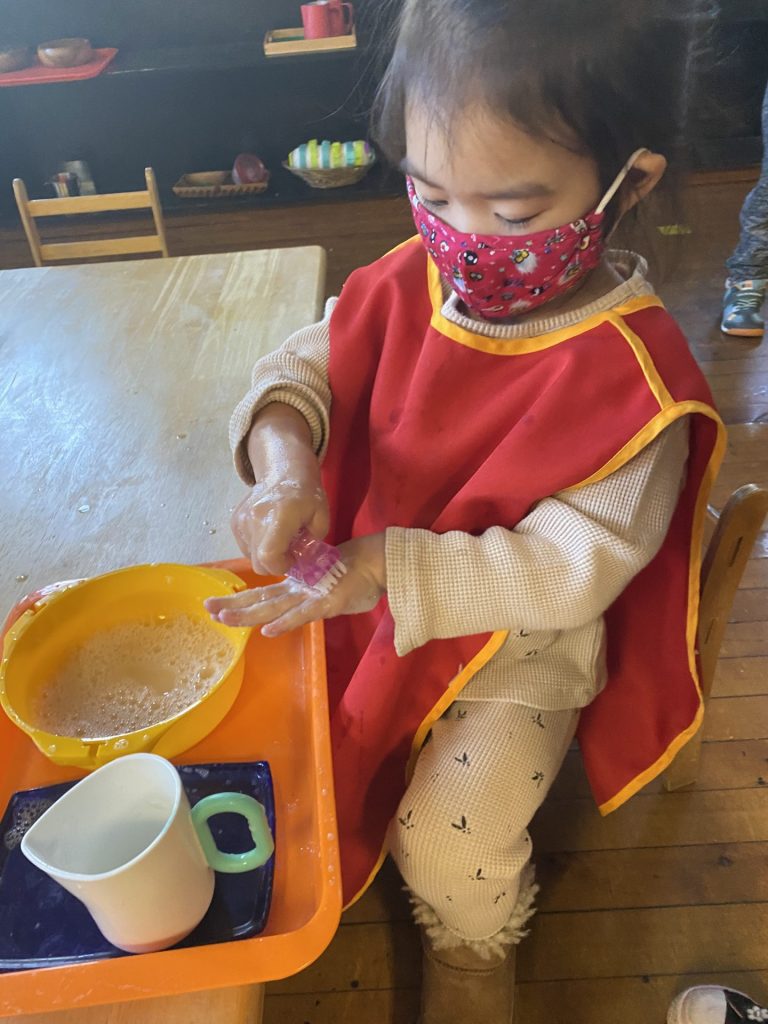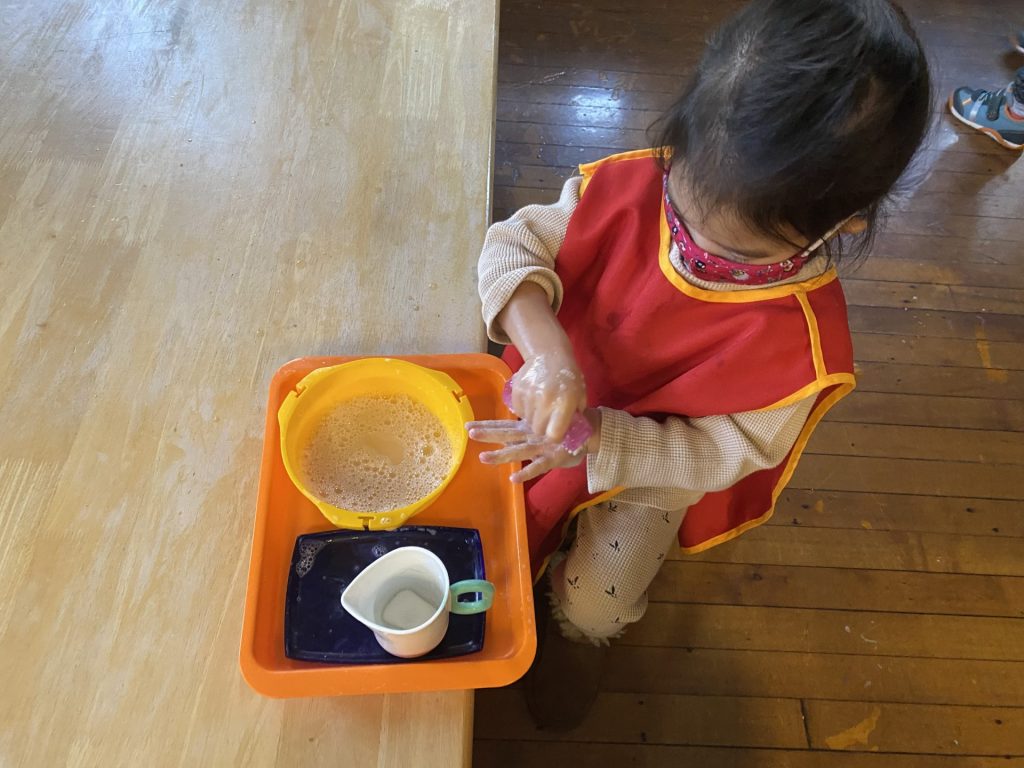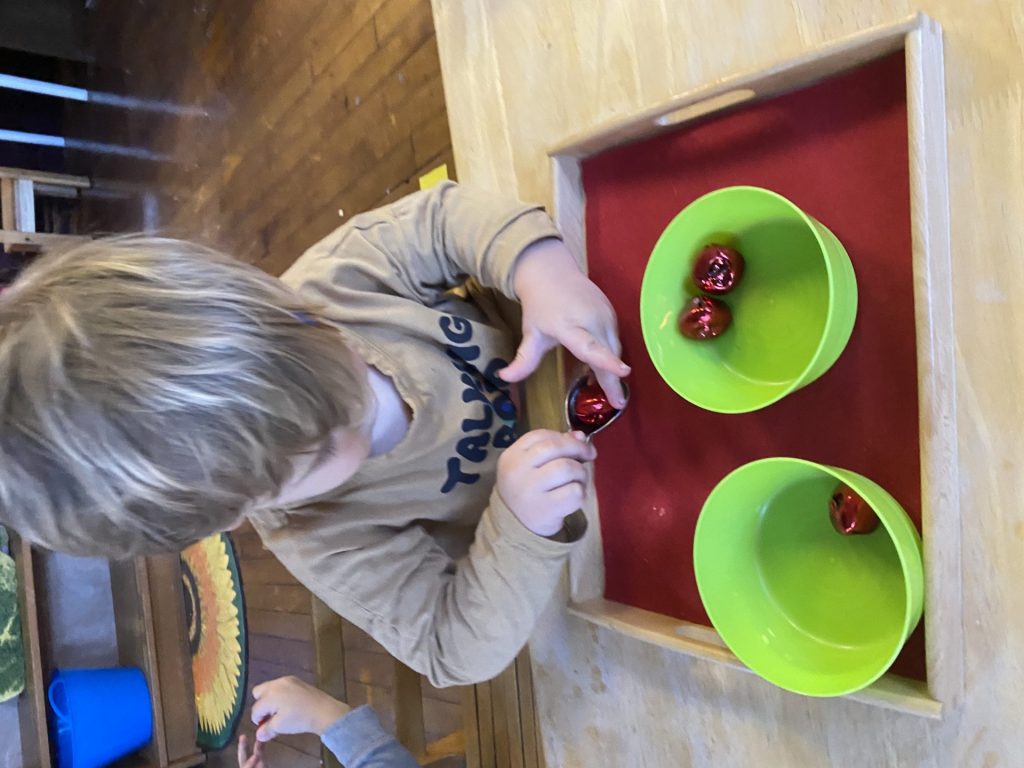Ms. Michelle: December 2021
Enhanced Learning Through Movement The Child’s Undoubted Need To Move Toddlers are doers and have an innate desire to move. To move! A new power they now have. Prior to this, they were dependent upon adults for everything. Now they can stand, walk, lift heavier objects, and reach higher objects; and with more movement and […]

Enhanced Learning Through Movement
The Child’s Undoubted Need To Move
Toddlers are doers and have an innate desire to move. To move! A new power they now have. Prior to this, they were dependent upon adults for everything. Now they can stand, walk, lift heavier objects, and reach higher objects; and with more movement and practice, they become stronger, faster, and more balanced. As adults, we have mastered moving (for the most part), but Toddlers are living in their development as it happens. Their new ability to move and become stronger, paired with their intense desire to explore may lead to some… “oops” moments. They will run, and fall. They will climb, and knock something over. They will discover throwing, and maybe break a glass. Our little explorers and scientists can be clumsy, and oftentimes disorderly.
“The child, if left without guidance, is disorderly in his movement, and these disorderly movements are the special characteristics of the little child. In fact, he ‘never keeps still,’ and ‘touches everything…’ As a matter of fact, in these movements, the little one is seeking the very exercise which will organize and coordinate the movements useful to man. We must, therefore, desist from the useless attempt to reduce the child to a state of immobility. We should rather give ‘order’ to his movement, leading them to those actions towards which his efforts are actually tending.”
Maria Montessori, Dr. Montessori’s Own Handbook
How precious that Dr. Montessori refers to disorderly movements as the “special characteristics of the little child” and emphasizes that these movements are exactly what the child needs in order to grow stronger, and more controlled. Through observing the environment and each child individually, teachers are able to identify various aspects of movement, whether it is the classroom as a whole (i.e. children running within the room) or something specific to a child or group of children (i.e. repeated throwing of objects). Dr. Montessori tells us that through observation, the secrets of childhood will unfold and then to “follow the child.”
So, if the children are running within the classroom then perhaps an impromptu movement Circle is needed, whether it is yoga, cardio, or stretching. The big question is how can we redirect this energy in a positive way? It is time to get that energy out! Annnnd perhaps a few Grace and Courtesy lessons are necessary, but those can be saved for a time when the children are focused and calm.
If a child is throwing Lego blocks, how can I feed the need for throwing without making the child feel bad? As Dr. Montessori tells us, “give ‘order’ to his movement, leading them to those actions towards which his efforts are actually tending.” The child has a need to throw, so I might create a throwing work; and remind them of course, “The Lego blocks are for building and if you want to throw then you may use the throwing work.” This type of work is typically a basket of bean bags, and the child tries to throw the bags into the basket. The child may have a need to throw everyday, or this need might last for a week before a new focus develops.
“The task of the educator lies in seeing that the child does not confound good with immobility, and evil with activity, as often happens with old-time discipline…
Maria Montessori, The Montessori Method
Movement In the Curriculum
Through intentional observation, Dr. Montessori discovered that movement is a catalyst to children’s learning. As she highlights the importance of movement in learning, she emphasizes that the two are not separate.
“Movement is therefore an essential part of life, and education cannot be conceived as moderating, or what is worse, inhibiting it. Rather it should permit a child’s energies to develop normally and assist him to exert them more profitably.”
Maria Montessori, The Discovery of the Child
There is the freedom to move within the environment, but more importantly, movement is embedded in the curriculum. Each material requires muscular movement that sends signals to the brain, which builds neurotransmitter connections leading to a more orderly, disciplined, and regulated child. The children are constantly in motion during their day, whether it is carrying a tray to a table, pushing in a chair, rolling a rug, walking to get a towel, painting at the easel, mixing ingredients, transferring objects via tongs, building with the magnetic tiles, walking to get water, switching their shoes, cutting an apple, sweeping up crumbs, scrubbing the table, climbing up and down the stairs, etc. Fine movements are just as crucial. The children are feeling how a sound is shaped, manipulating a variety of utensils, twisting off lids, unzipping their jacket and lunch bag, pouring with glass pitchers, building contraptions that require precise movements, hammering nails, cutting with scissors, practicing how to spin a dreidel, etc. They are always moving and therefore always refining and strengthening their skills. As their skills strengthen, so does their independence.
In the photos below, imagine the movements needed to complete each task. You will first see a math work that includes number plates with the associated amount of divots, so number 1 has one divot and number 6 has six divots. The child traces the number and then transfers a ball to each divot. By doing so, the child is able to feel how many 1 is, and so forth. They are building an understanding that it takes a longer time to fill the number 10 plate than it does to fill 2, essentially 10 is more than 2.
“Movement is therefore an essential part of life, and education cannot be conceived as moderating, or what is worse, inhibiting it. Rather it should permit a child’s energies to develop normally and assist him to exert them more profitably.”
Maria Montessori, The Discovery of the child
Additional Maria Montessori quotes on movement:
“It is the functional incarnation of the creative energy which brings man to the perfection of his species. Through movement, he sets upon his external environment and thus carries out his own personal mission in the world.”
Maria Montessori, The Secret of Childhood
“What the hand does, the mind remembers.”
Maria Montessori, The Absorbent Mind
Upcoming Dates
- Friday, January 14th: GTMS is closed for Professional Development
- Monday, January 17th: GTMS is closed for Martin Luther King Jr. Day
- Tuesday, January 18th: Parent Education
- Tuesday, January 25th: Coffee 9:30 am – 10:00 am with Ms. Michelle (Zoom Link to be sent at a later date)
- February 1st: Re-enrollment due
- Exciting Parent Education night in February: GTMS Toddler Lead Teachers will be discussing Toddler behaviors, why they happen, and how to manage them.
- Stay tuned for more information to follow!
